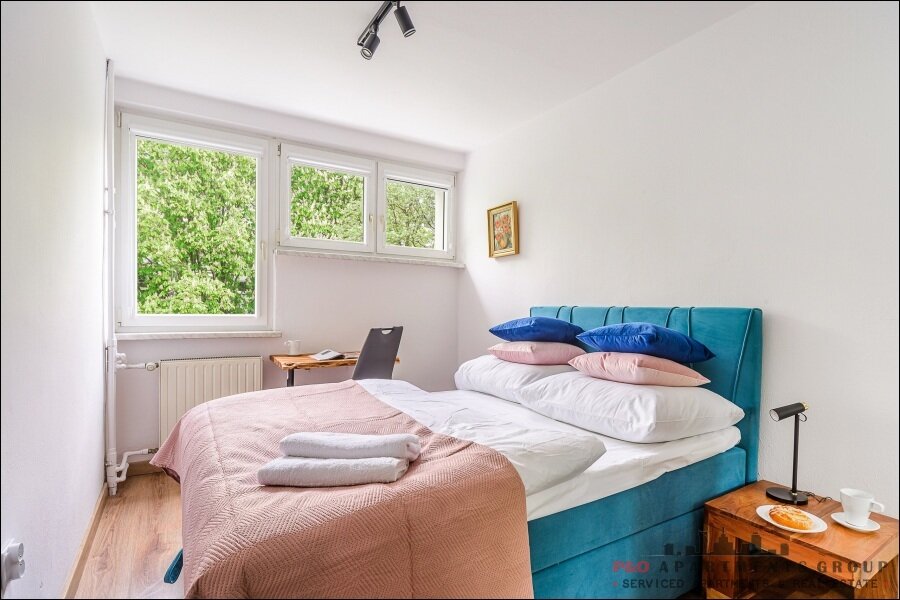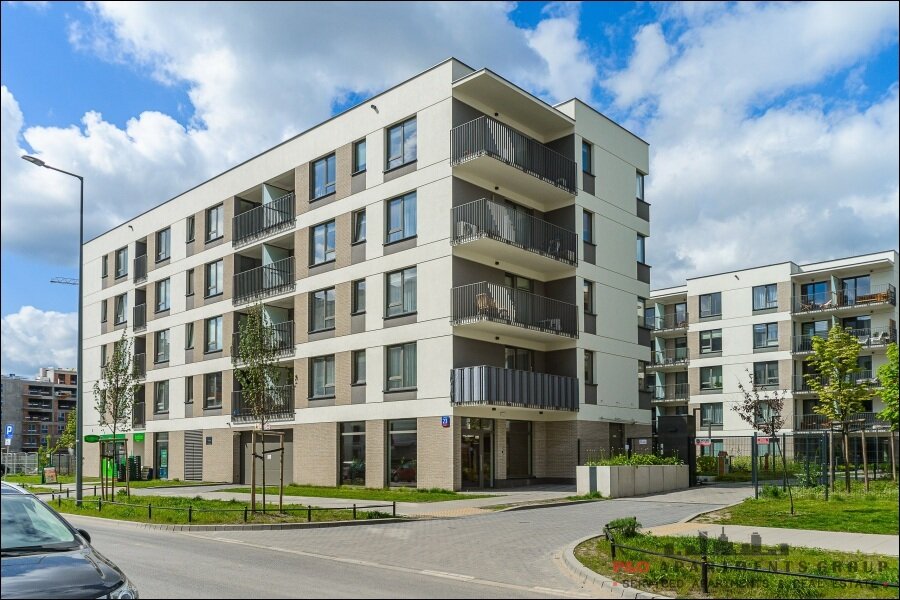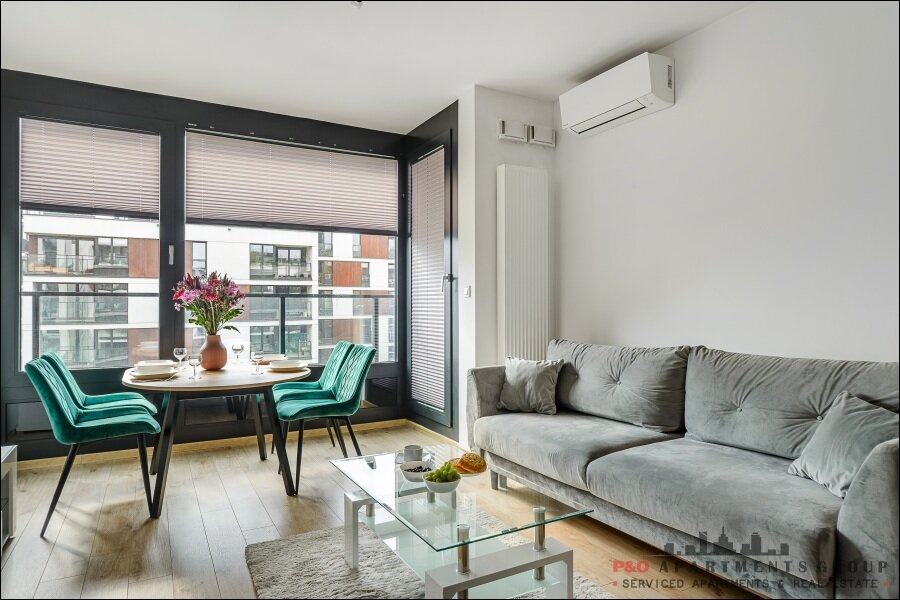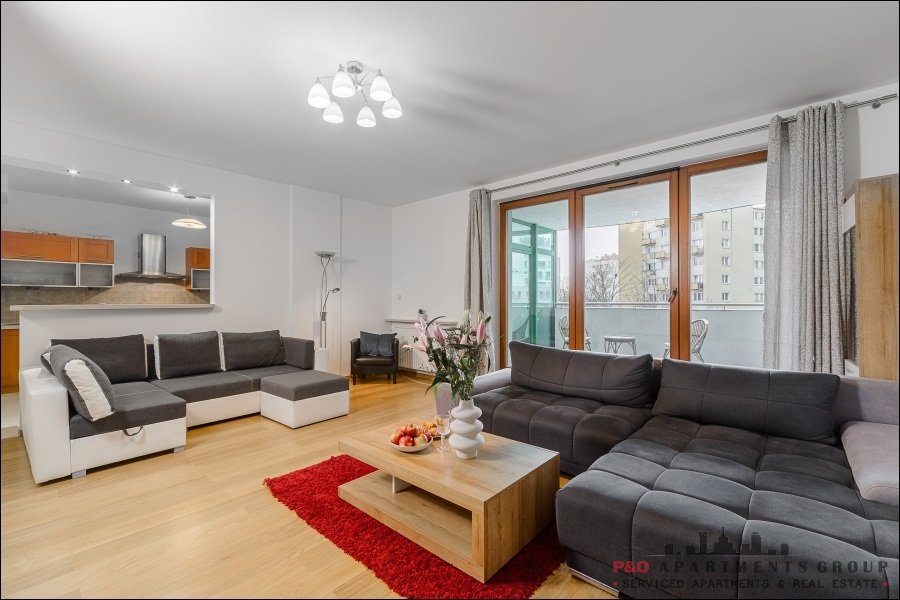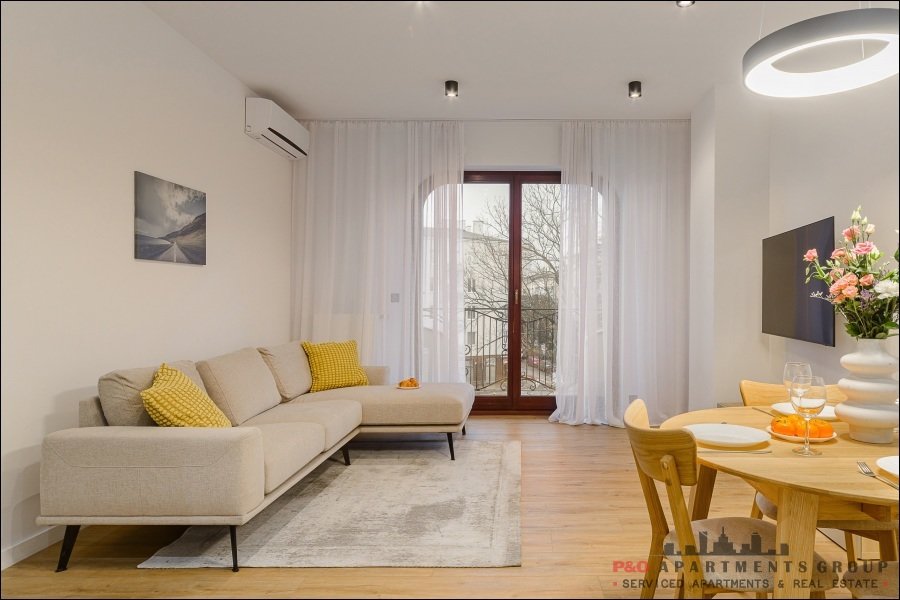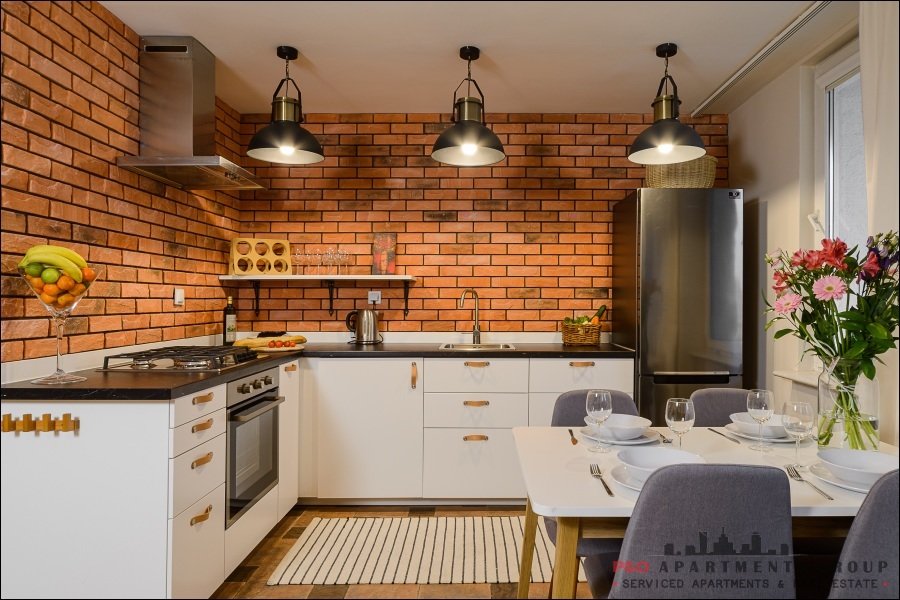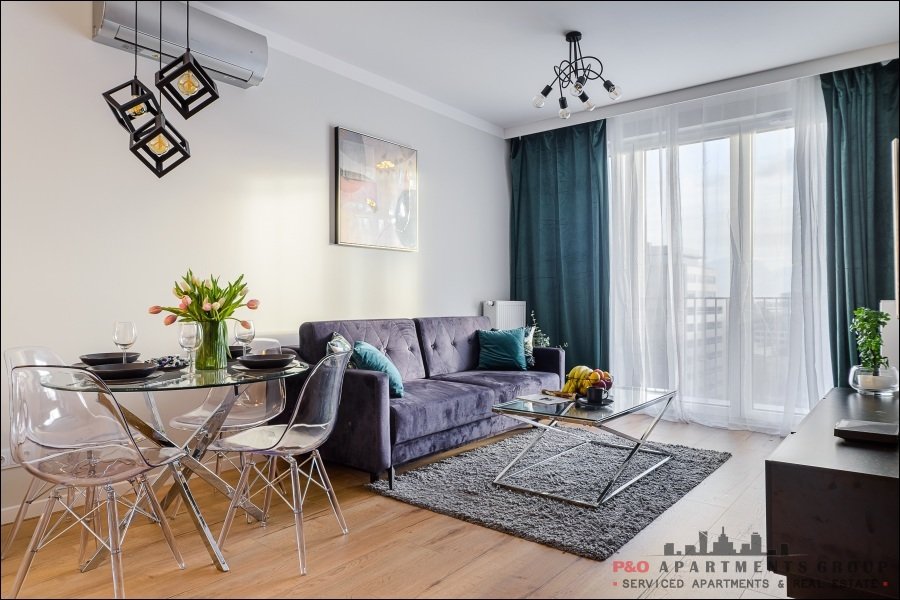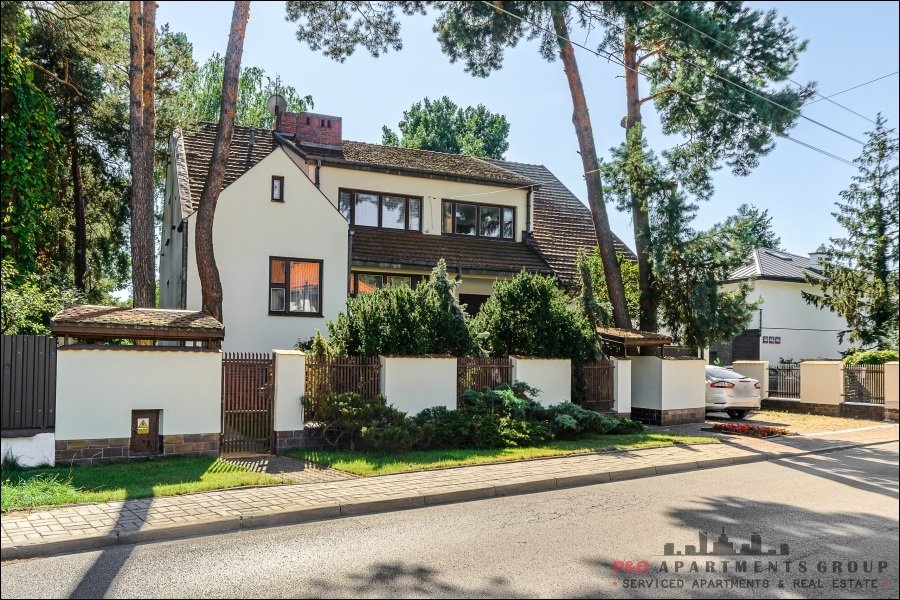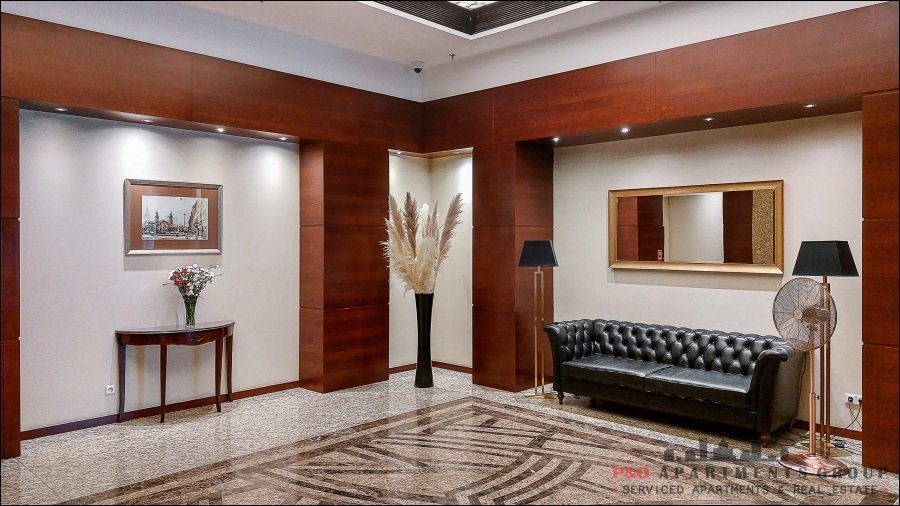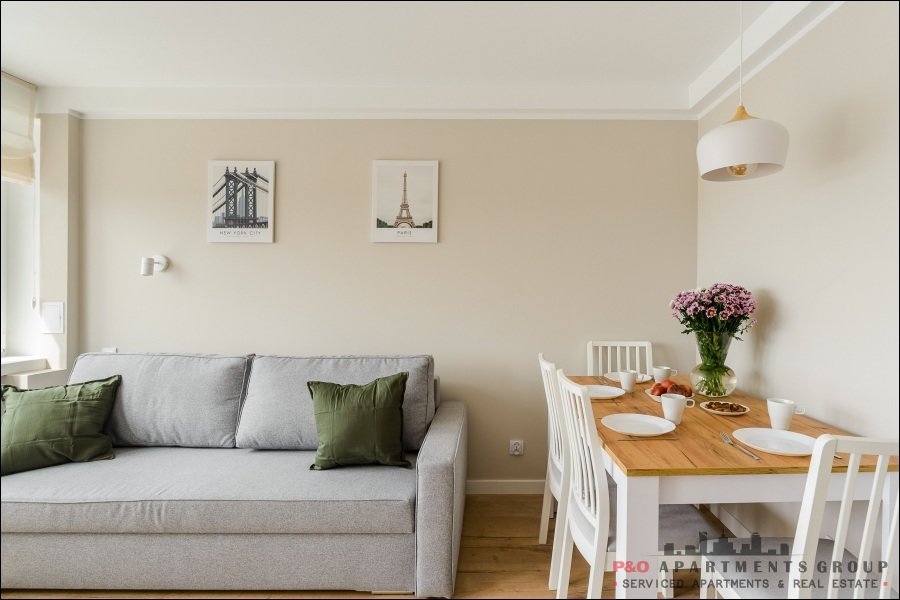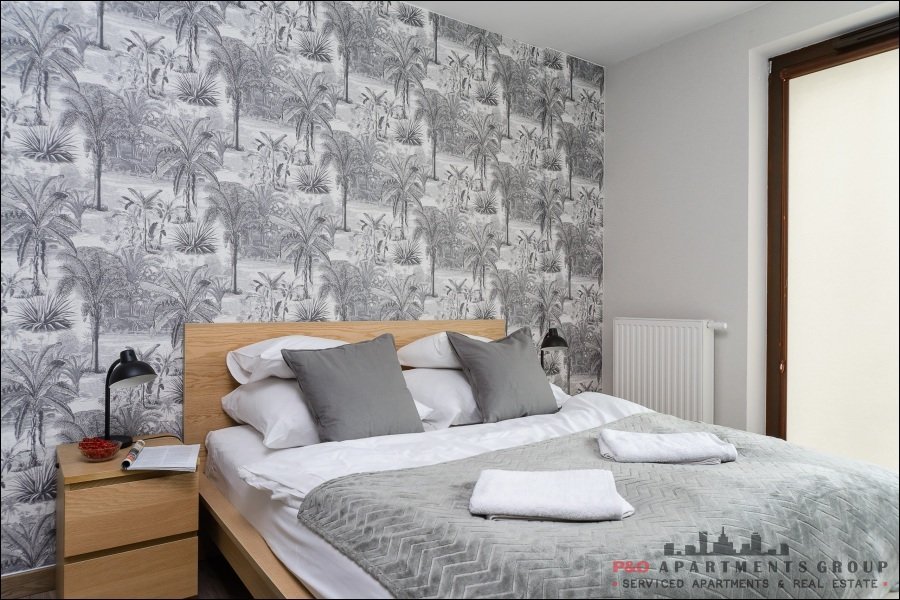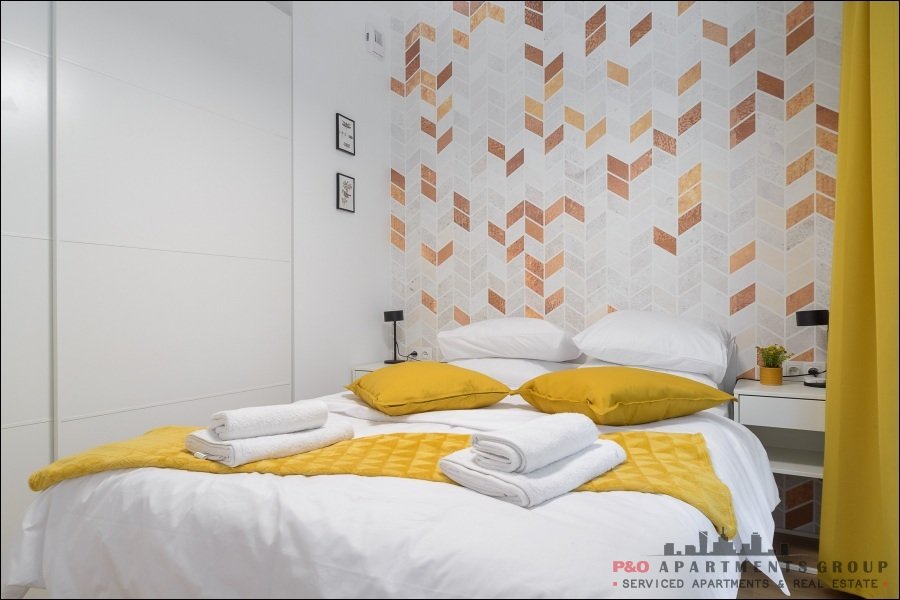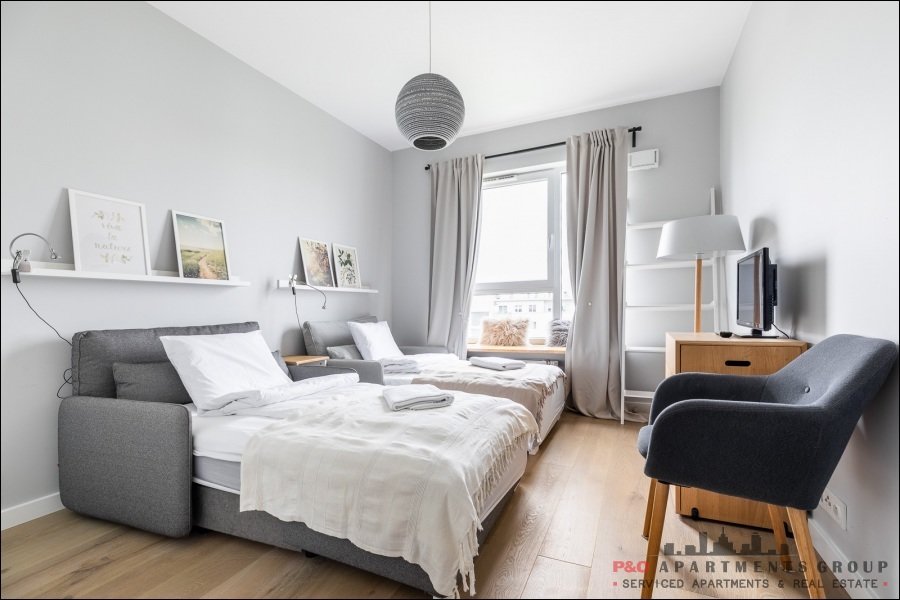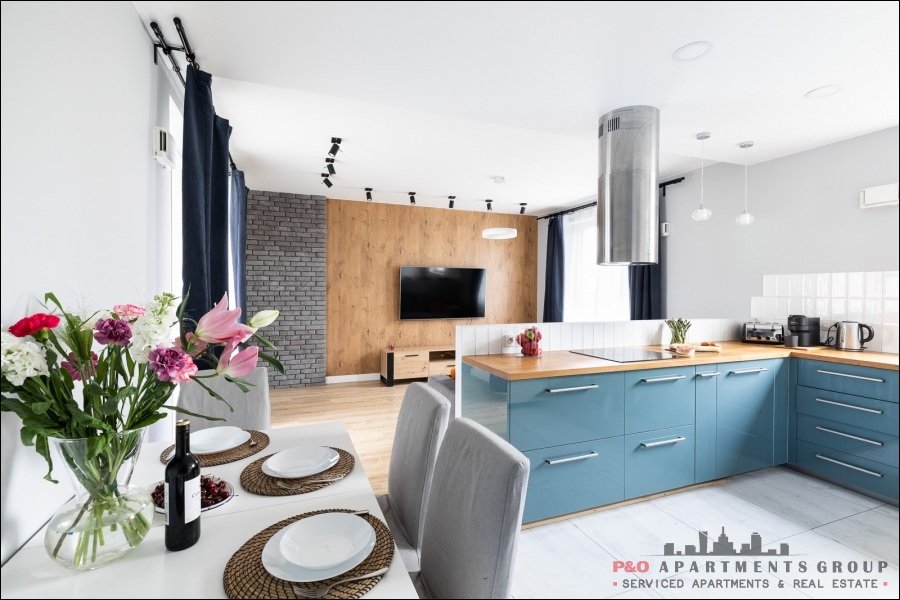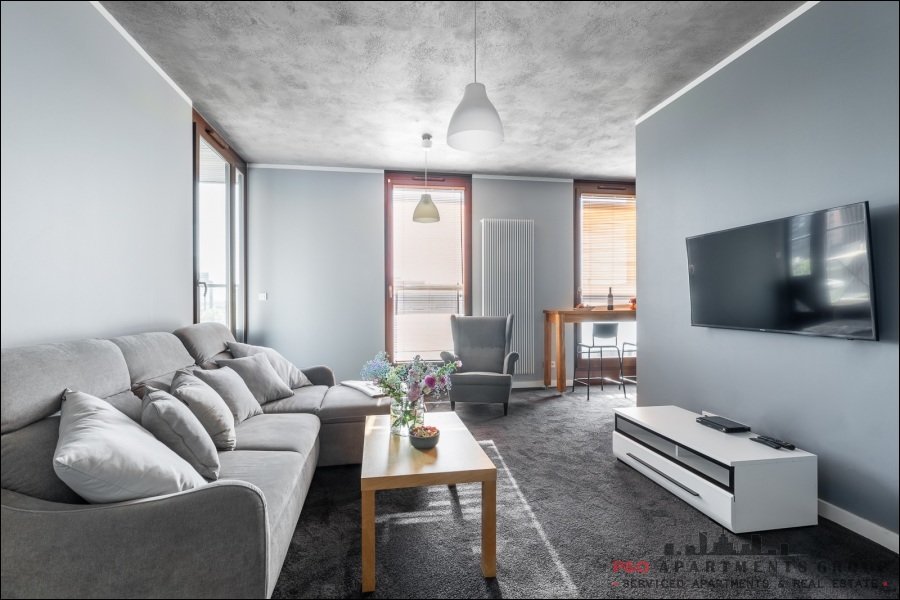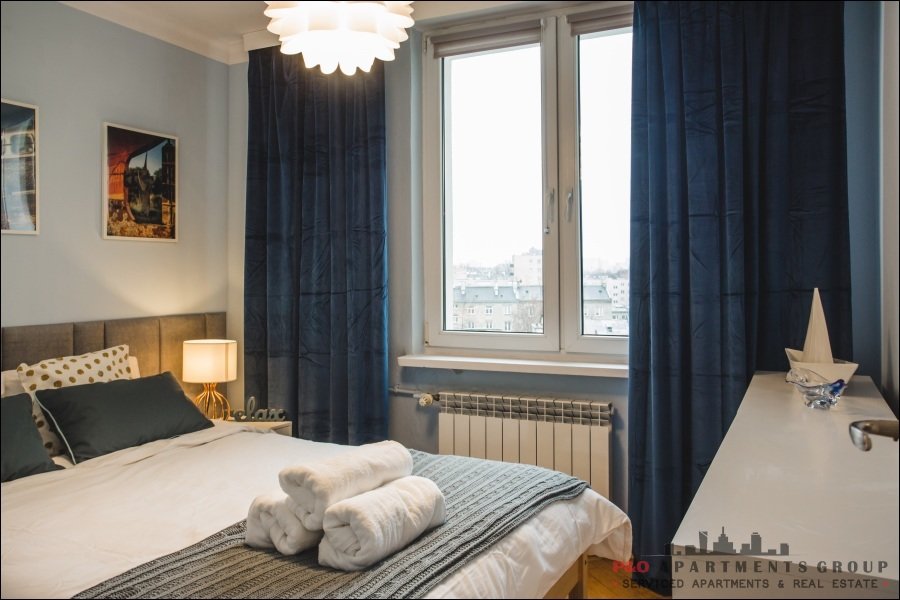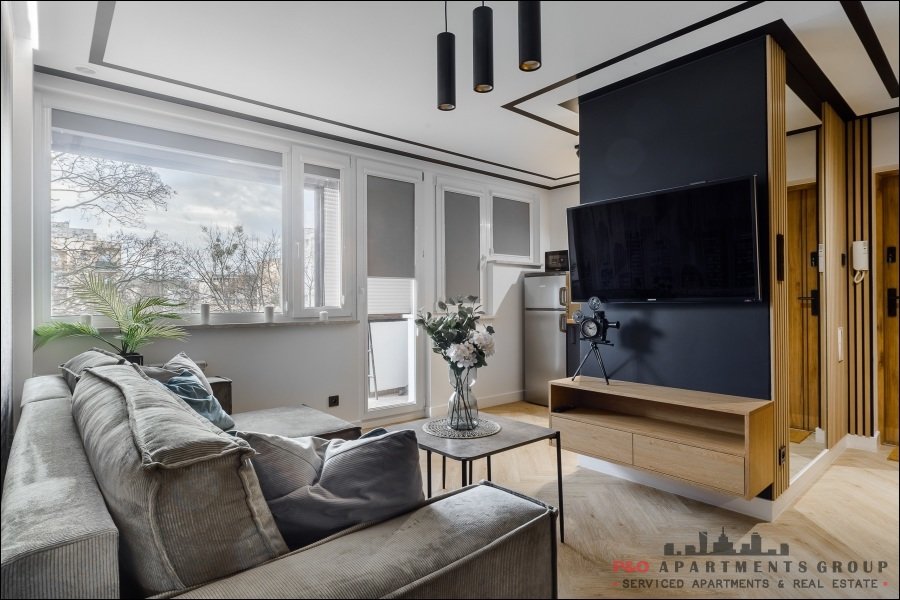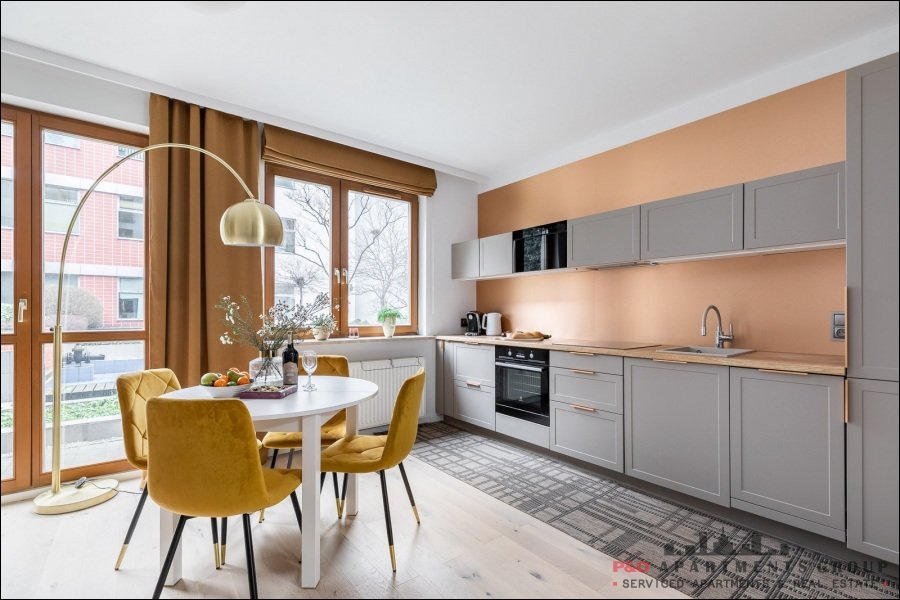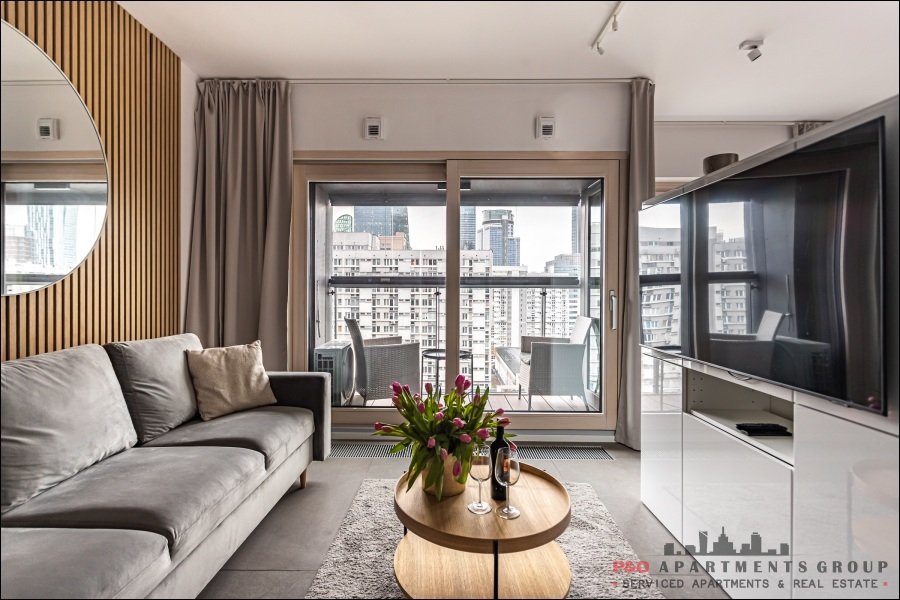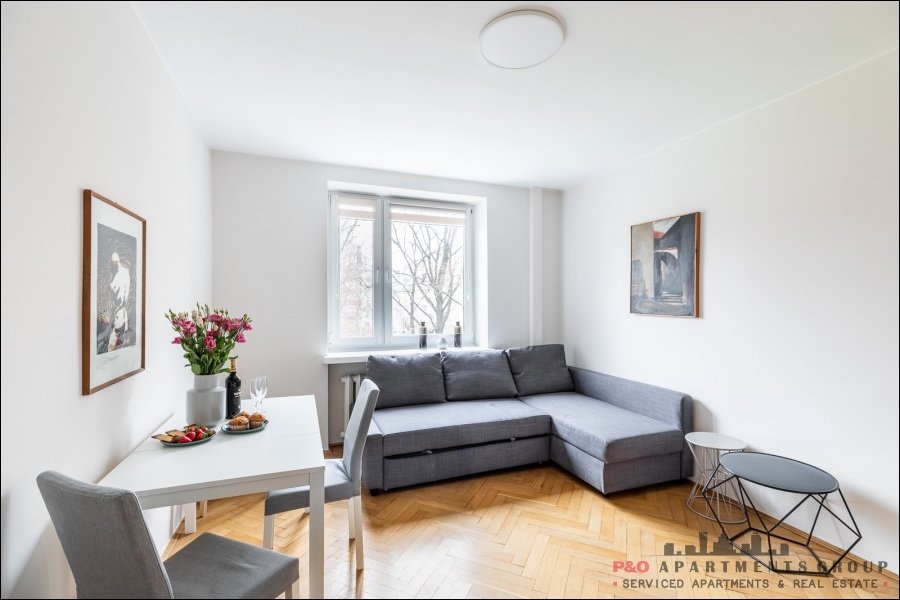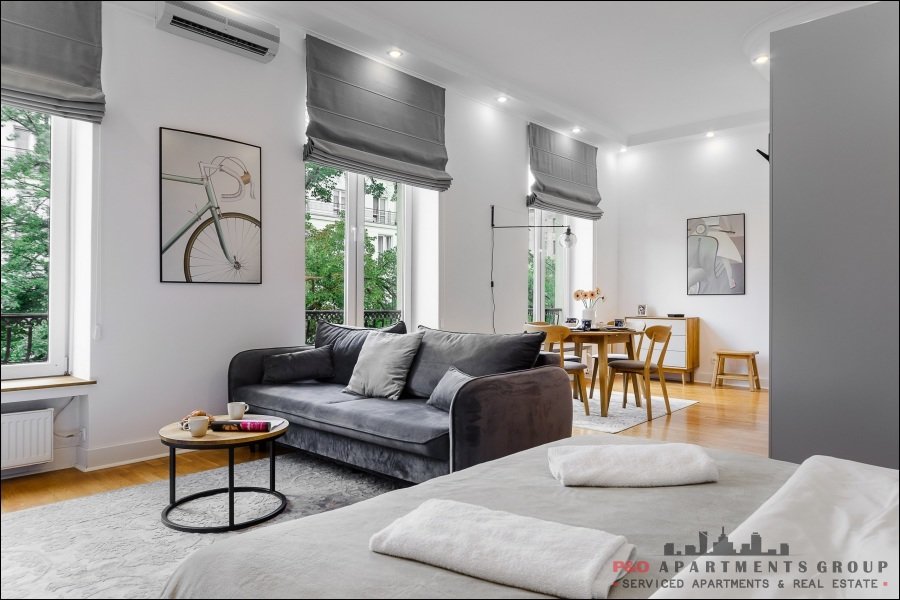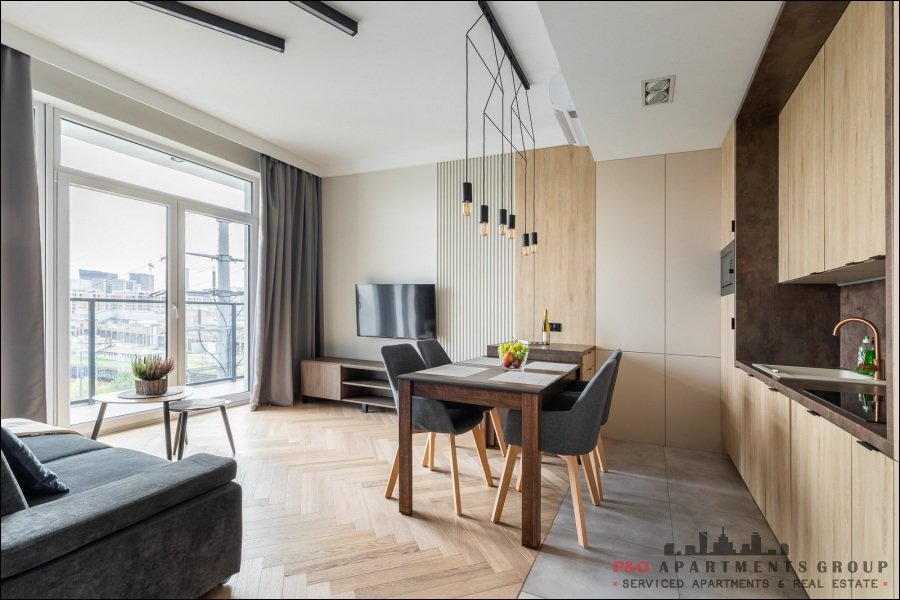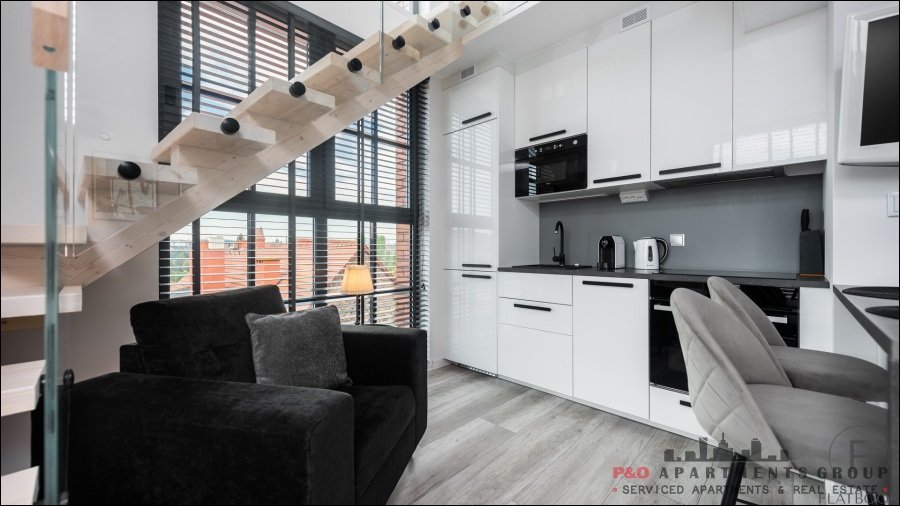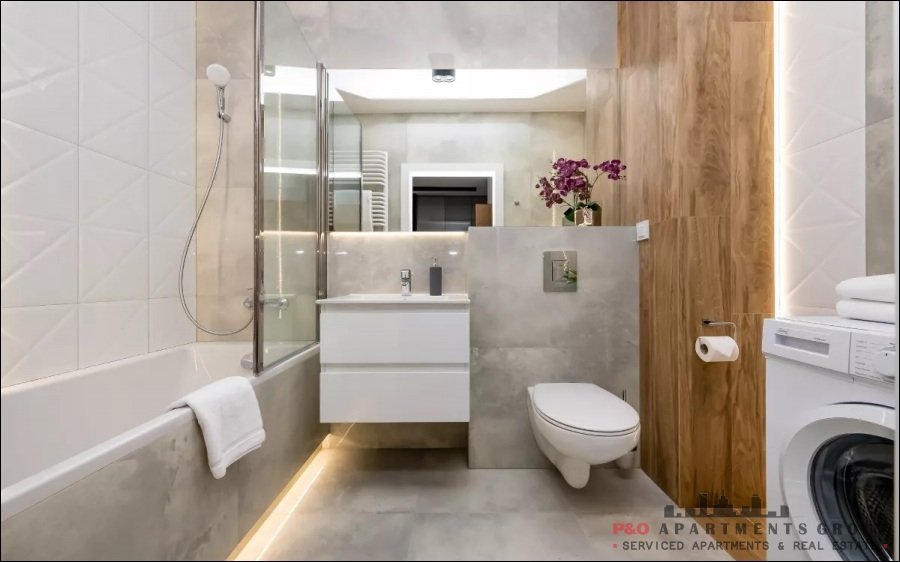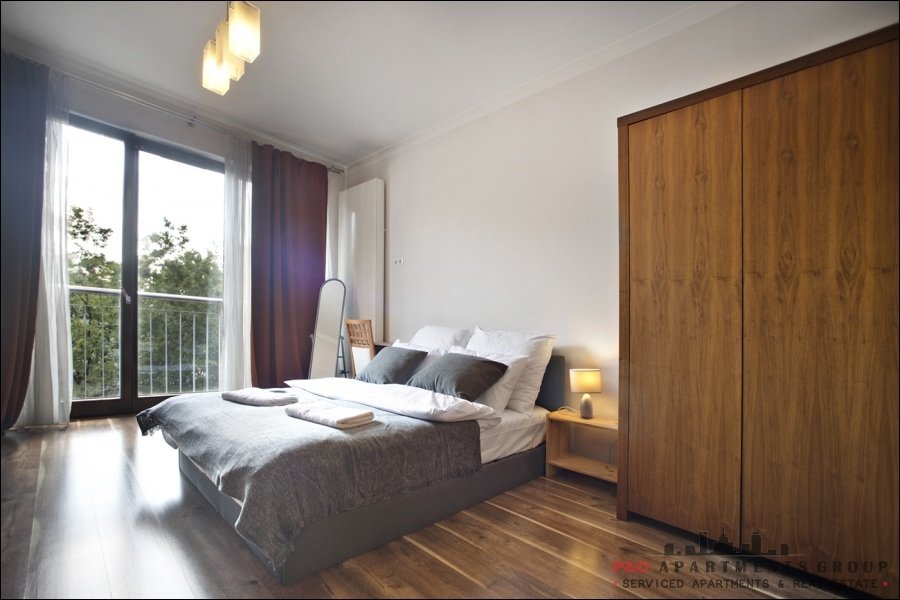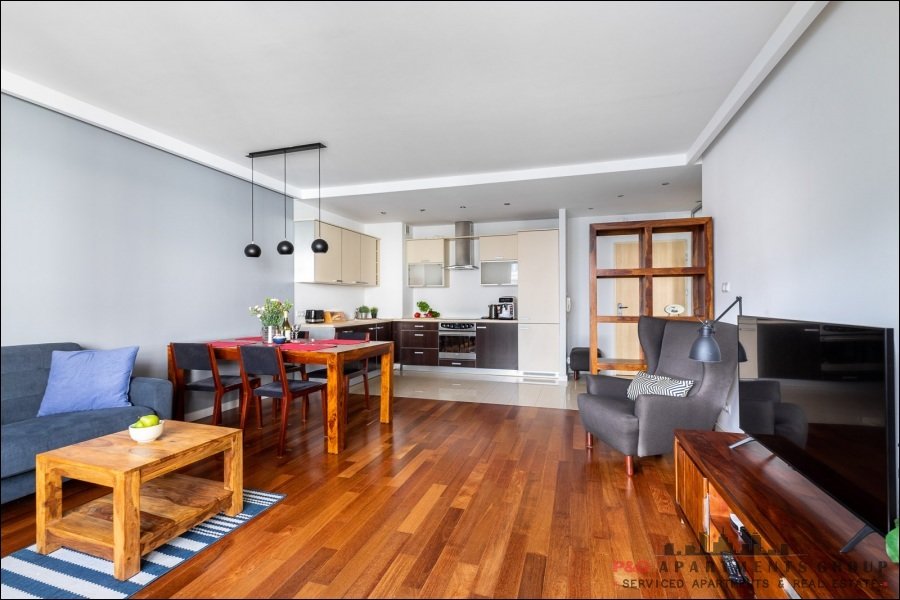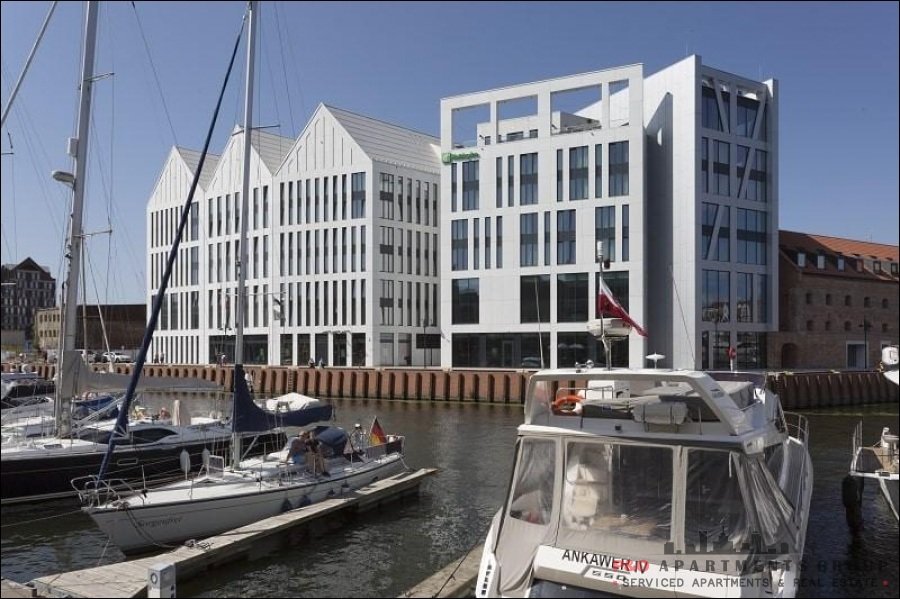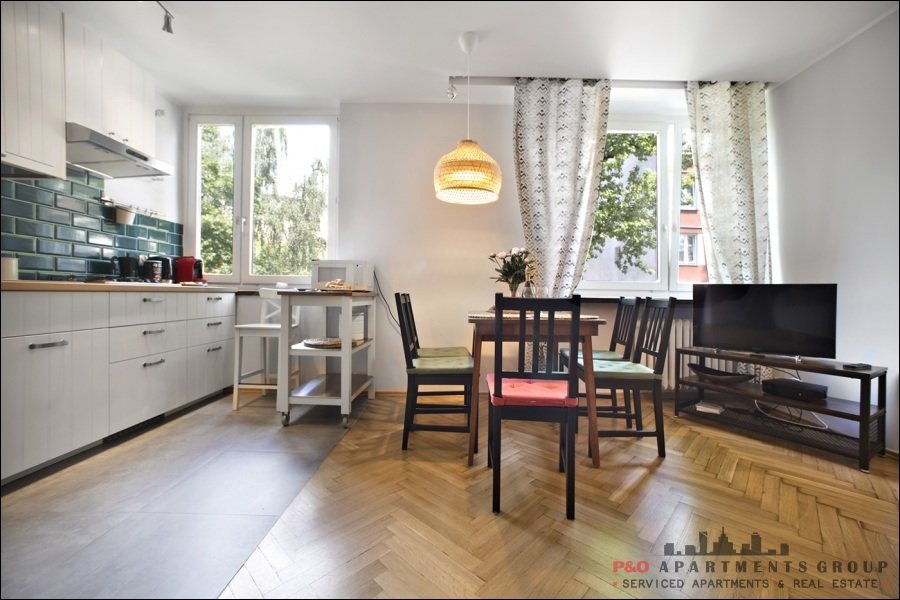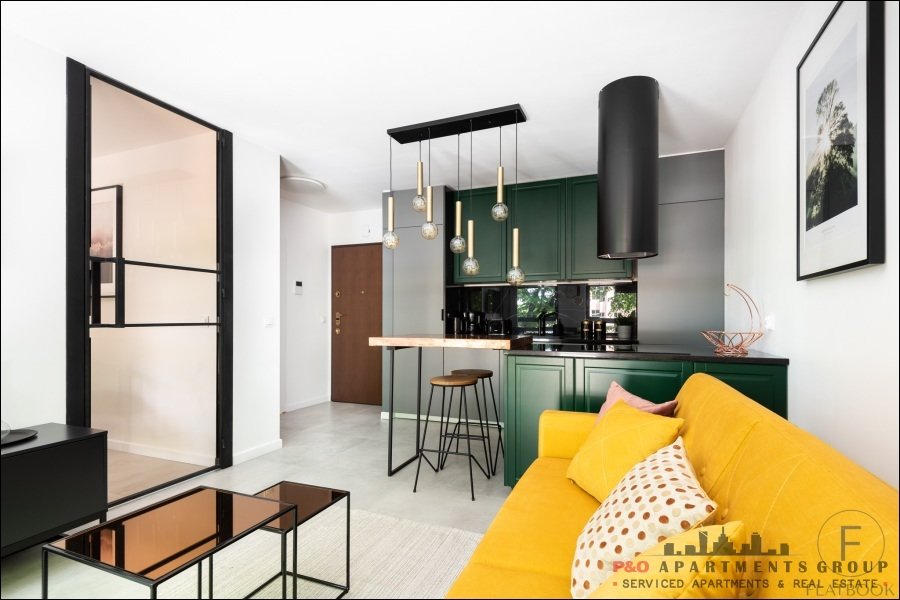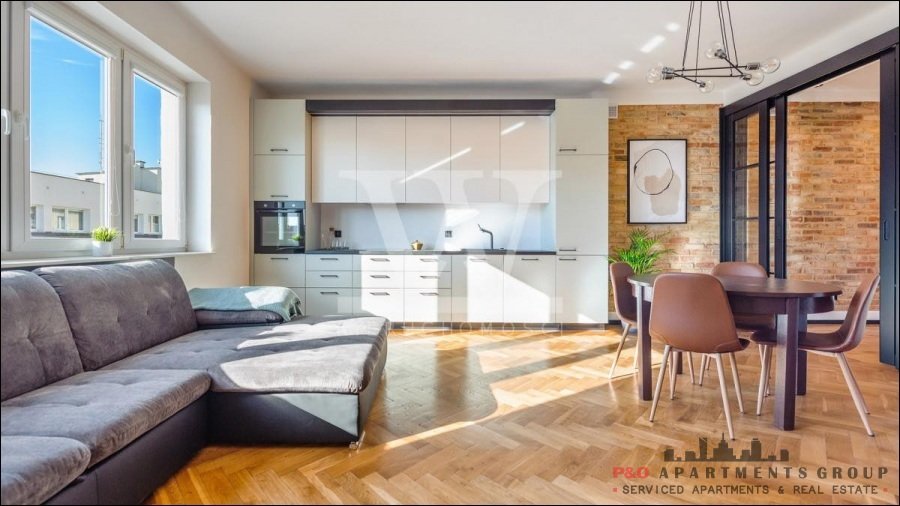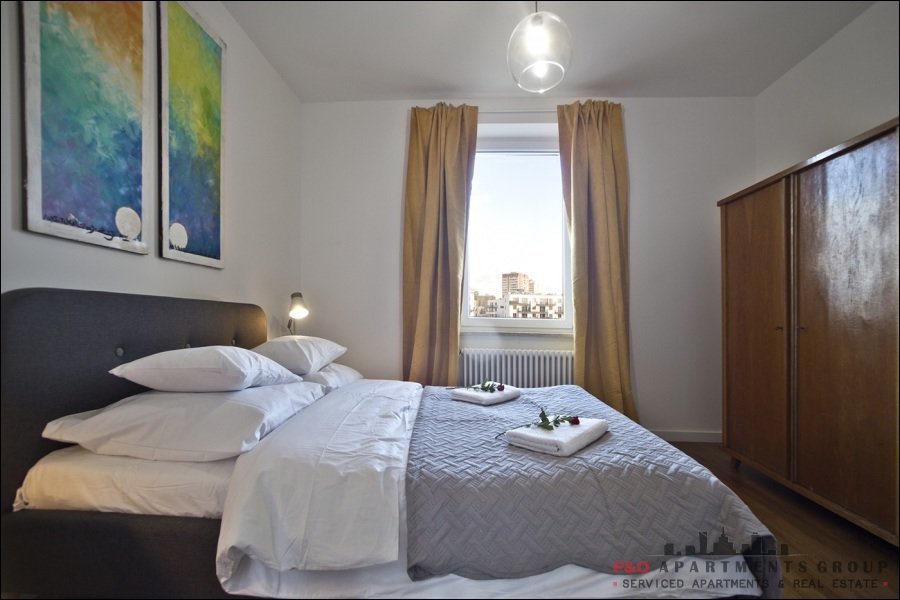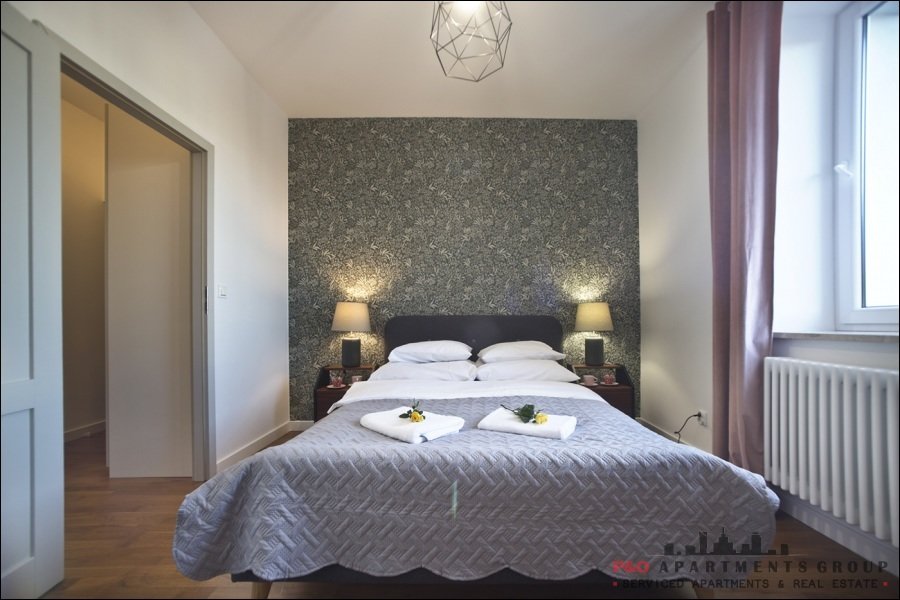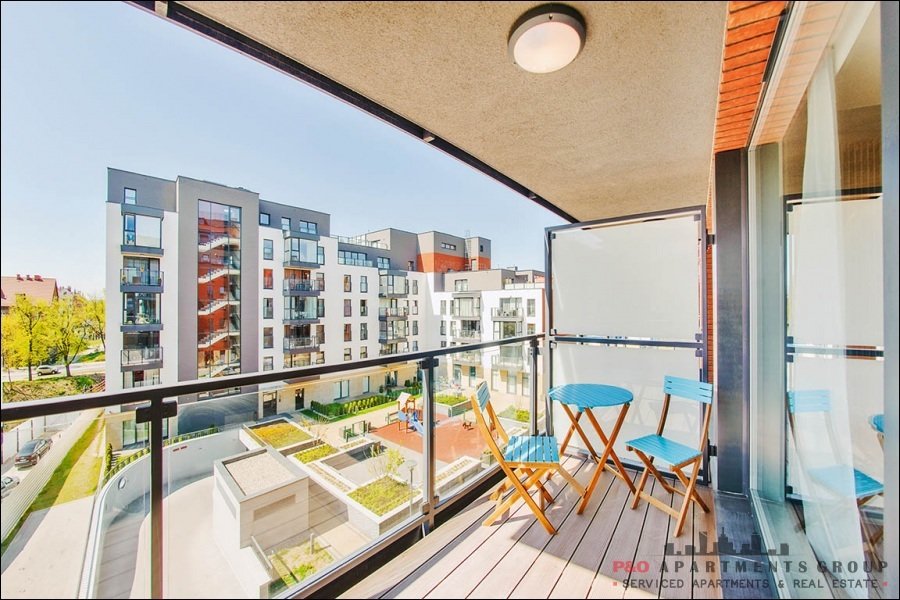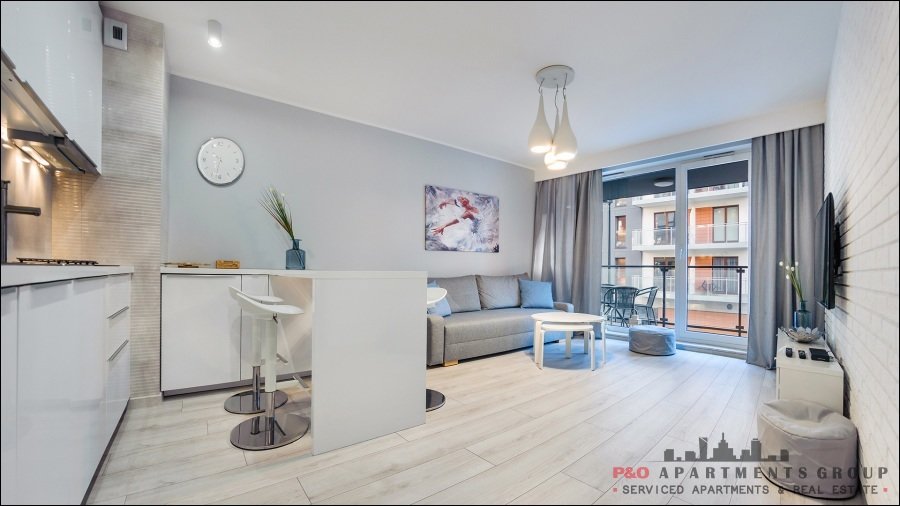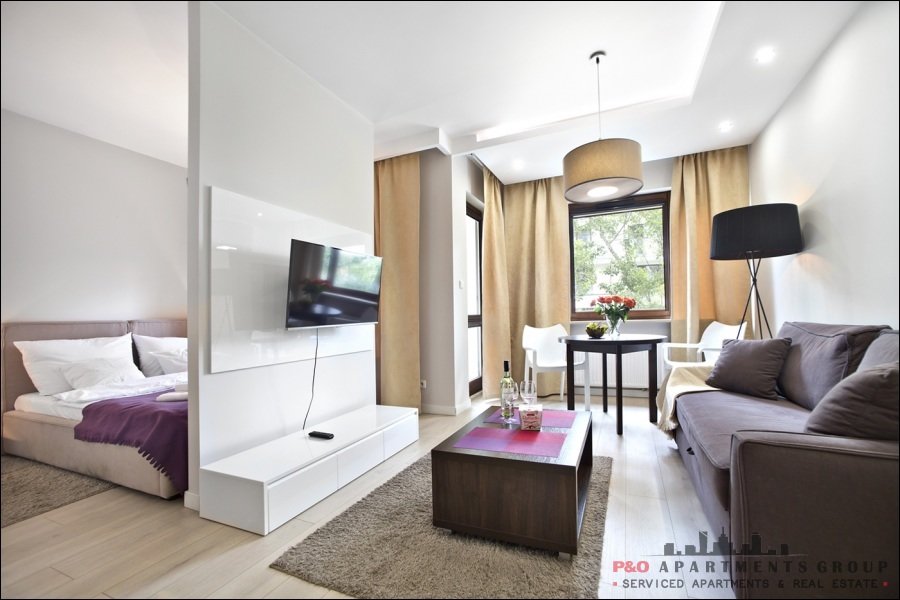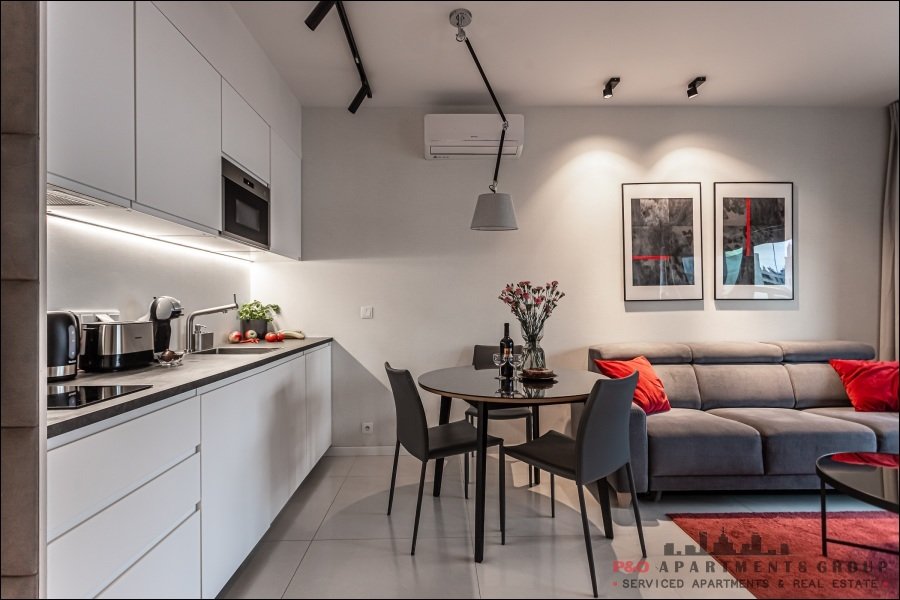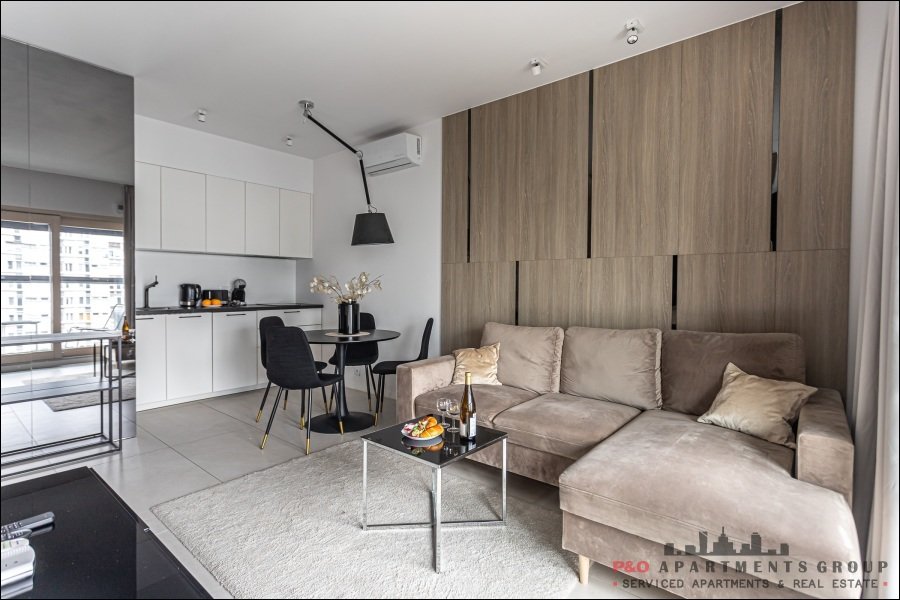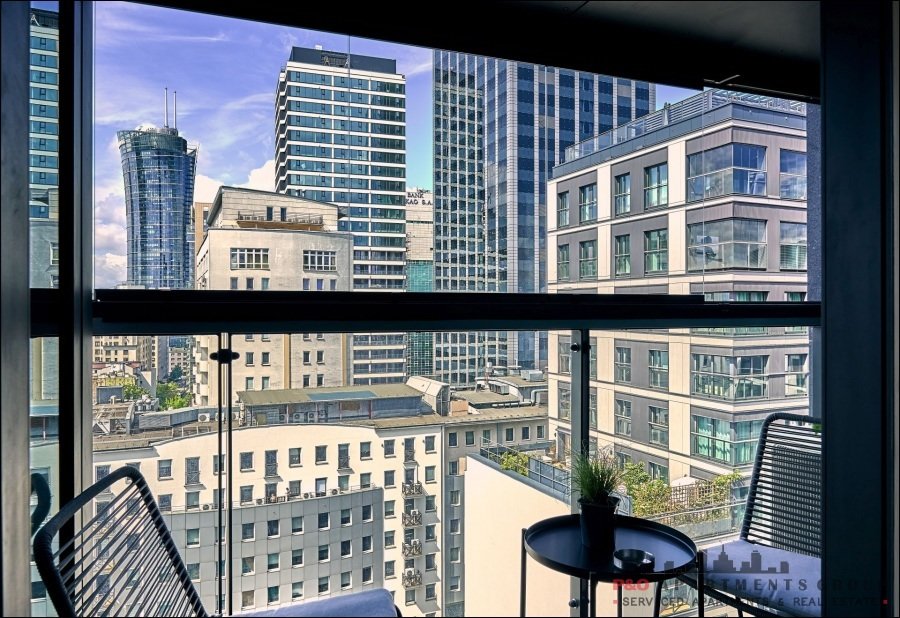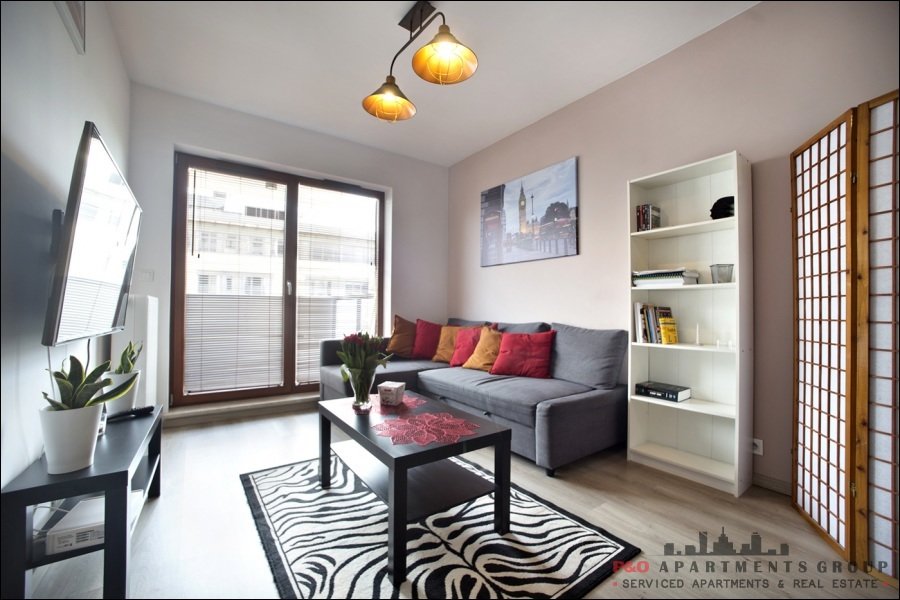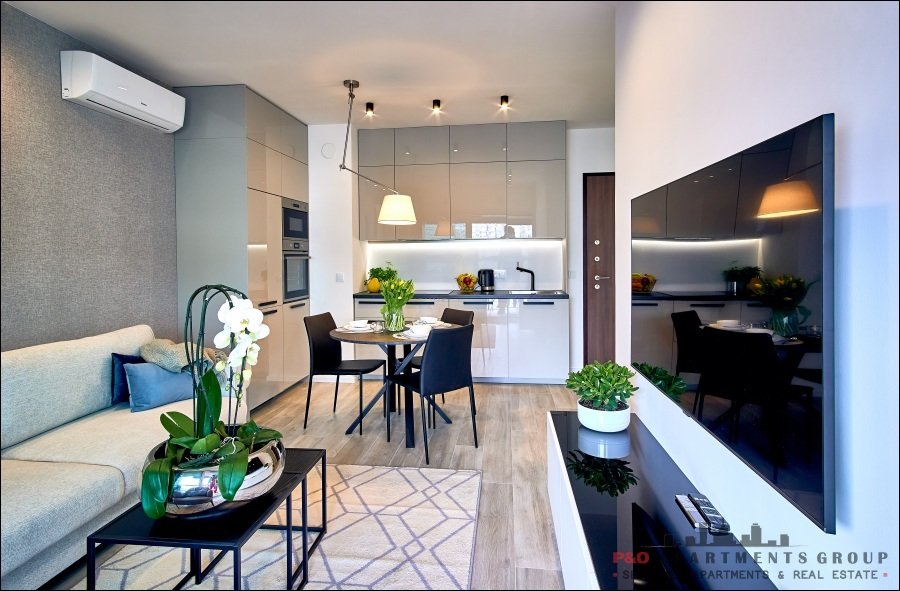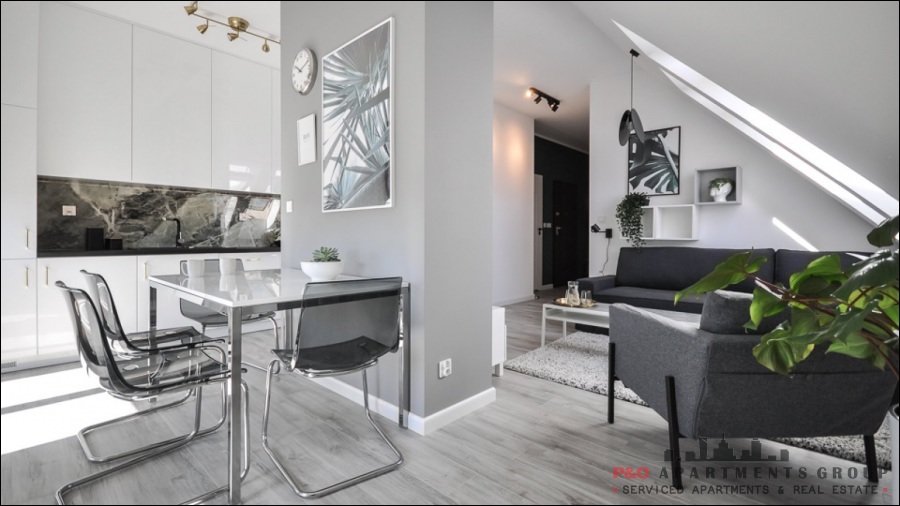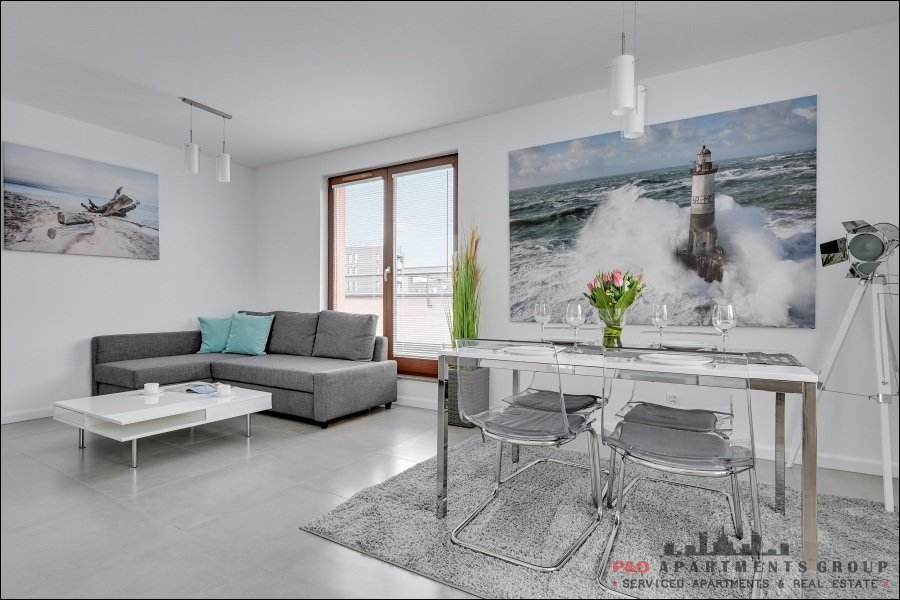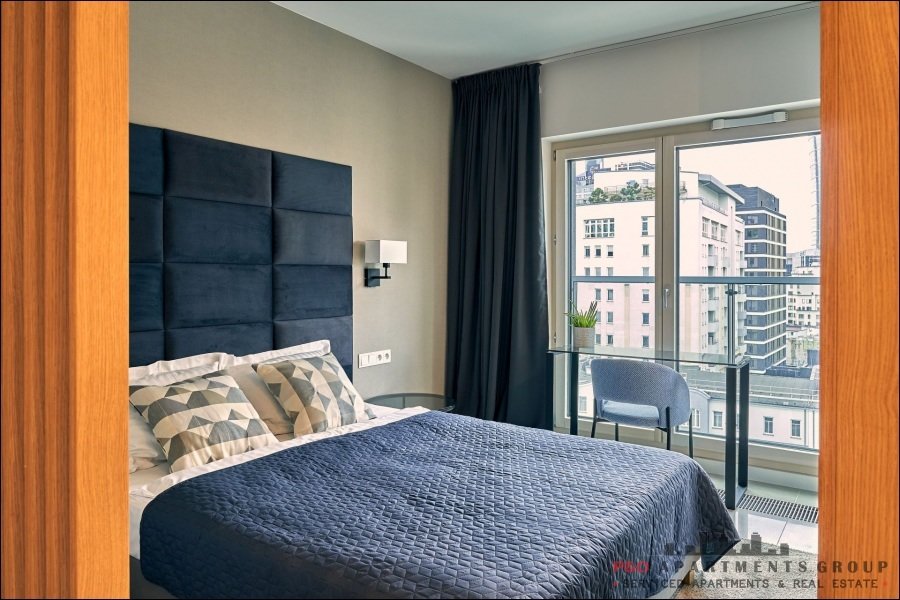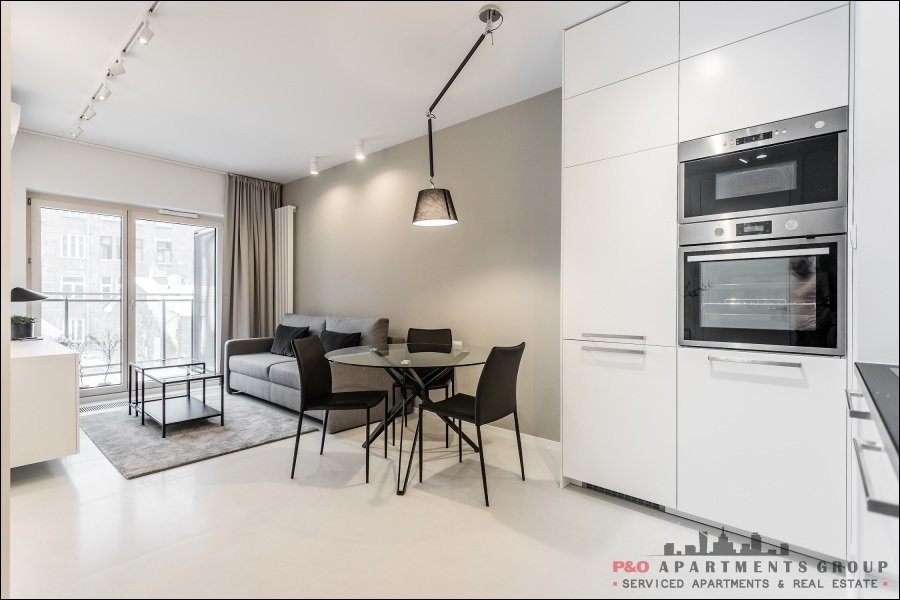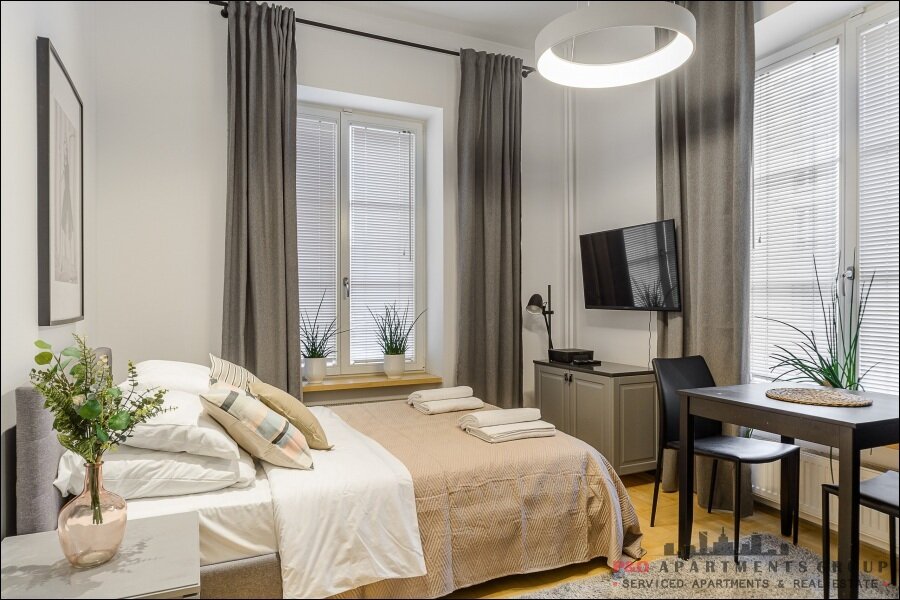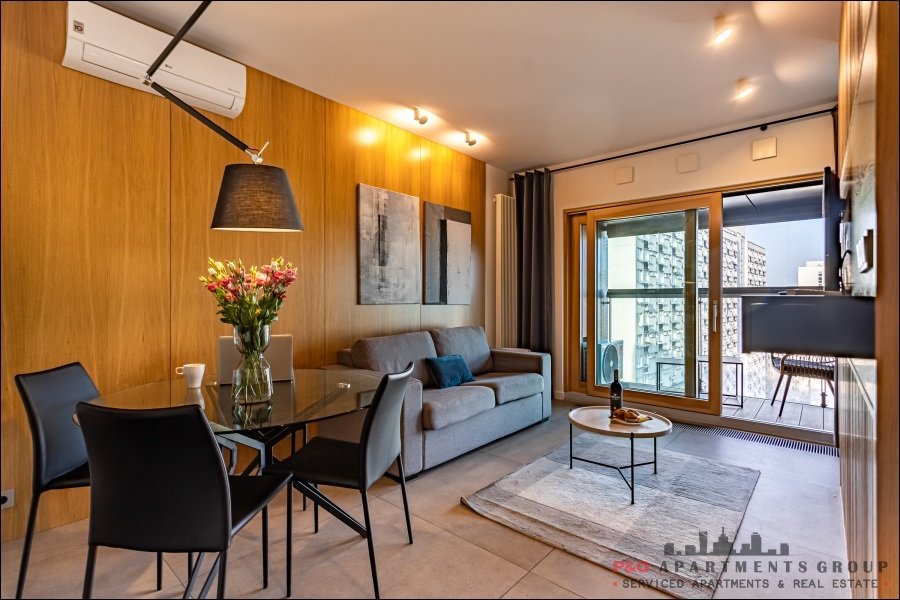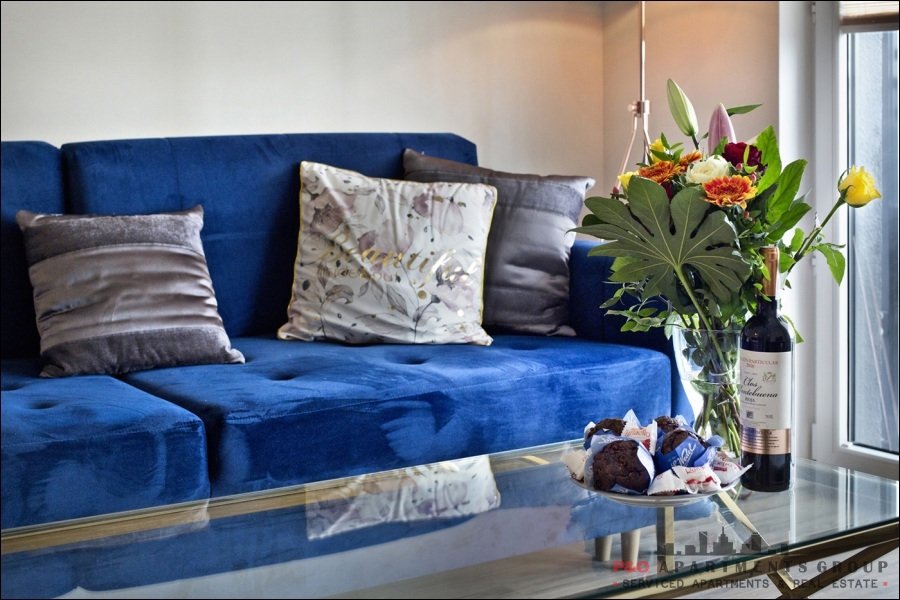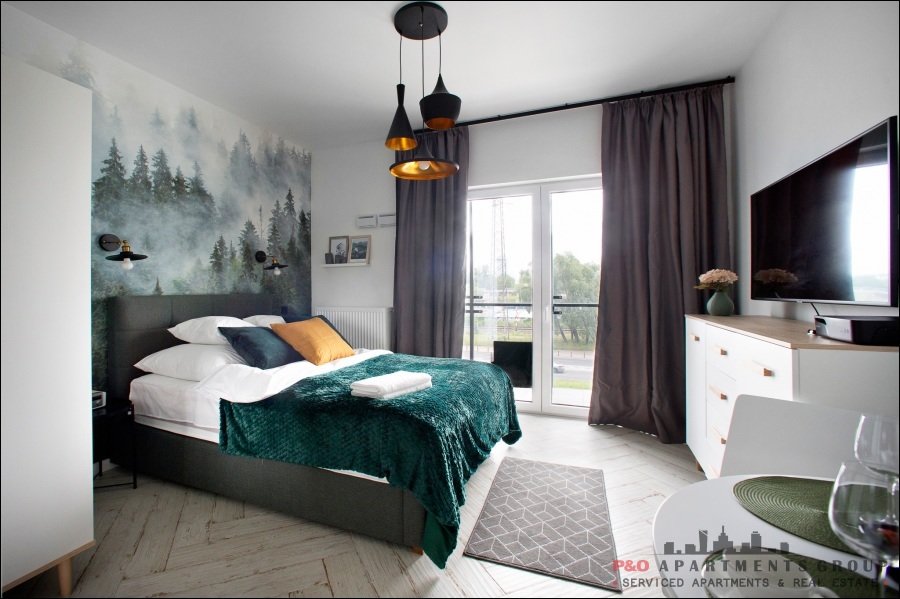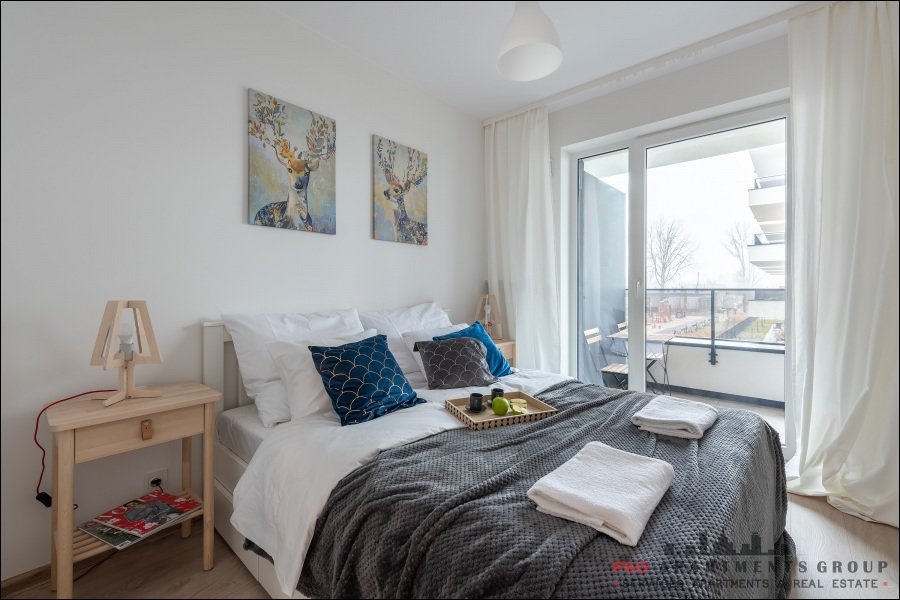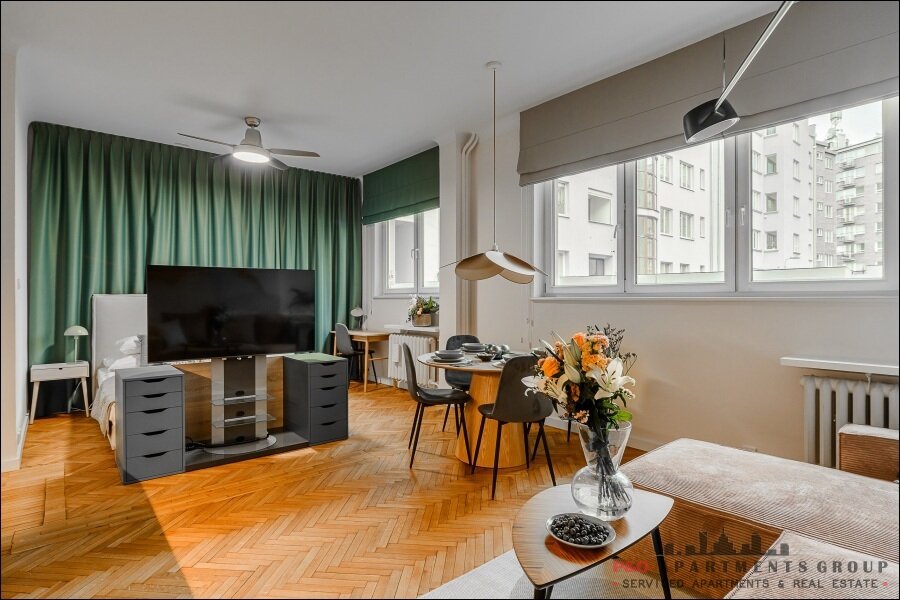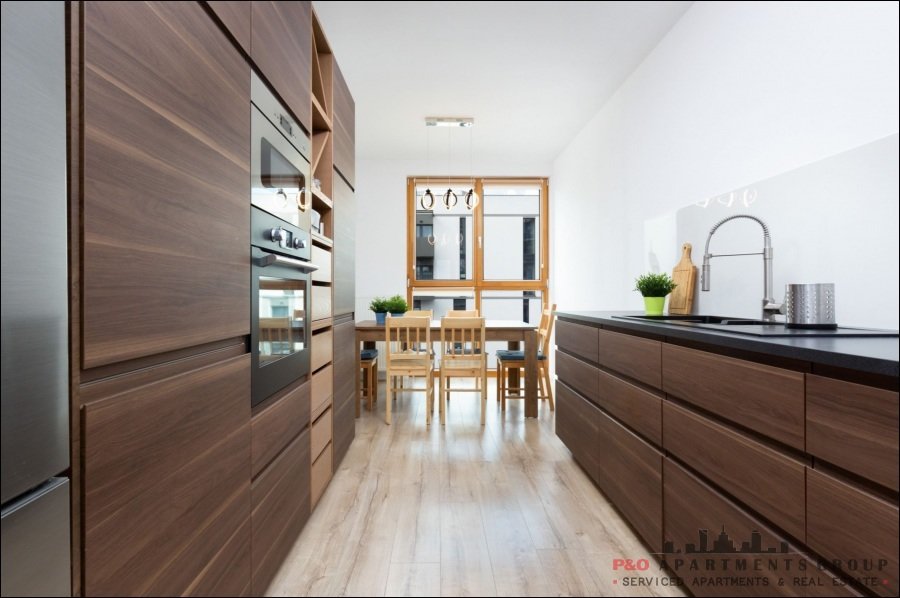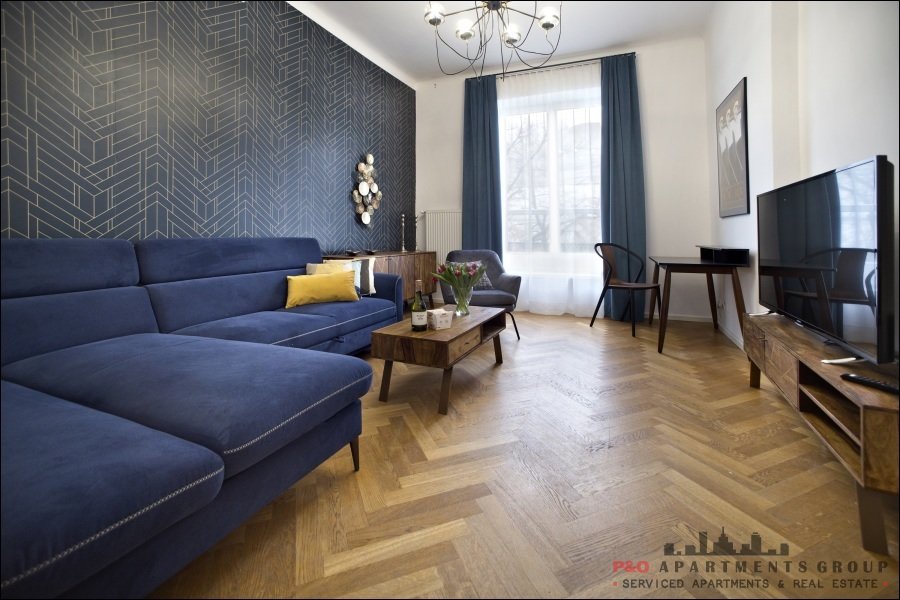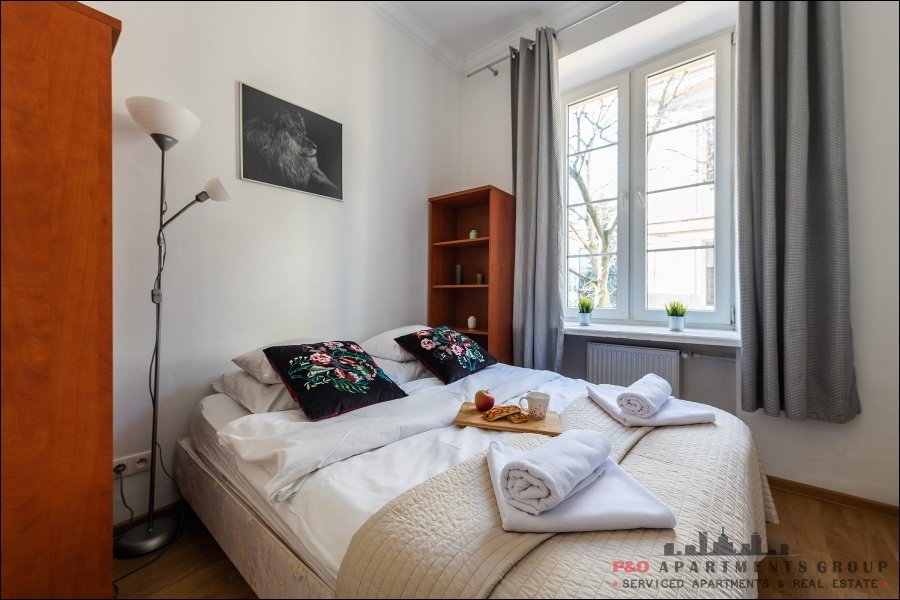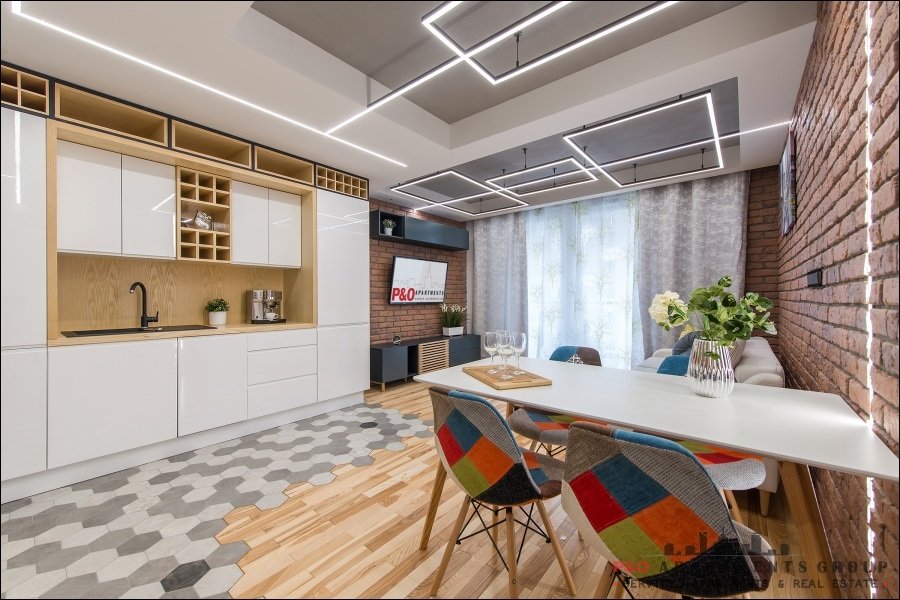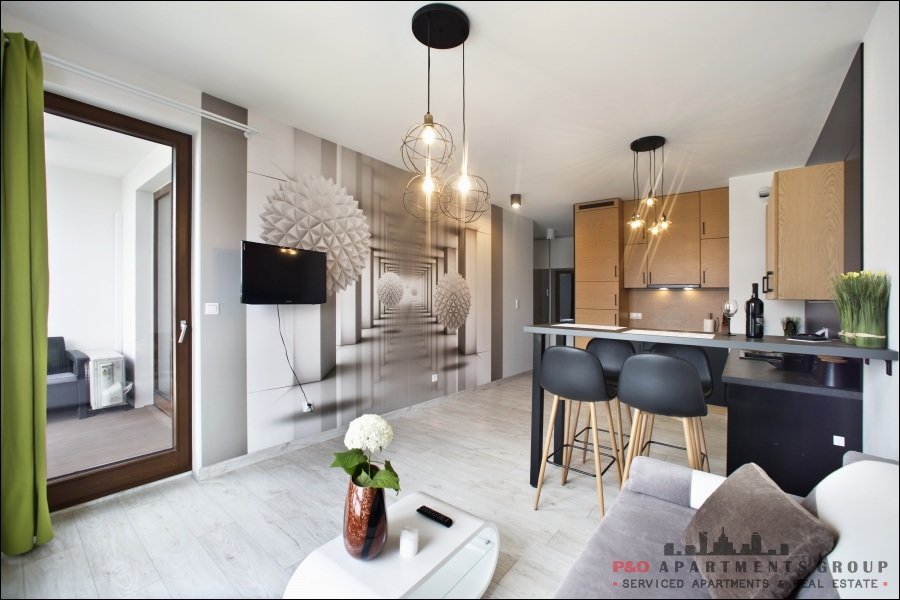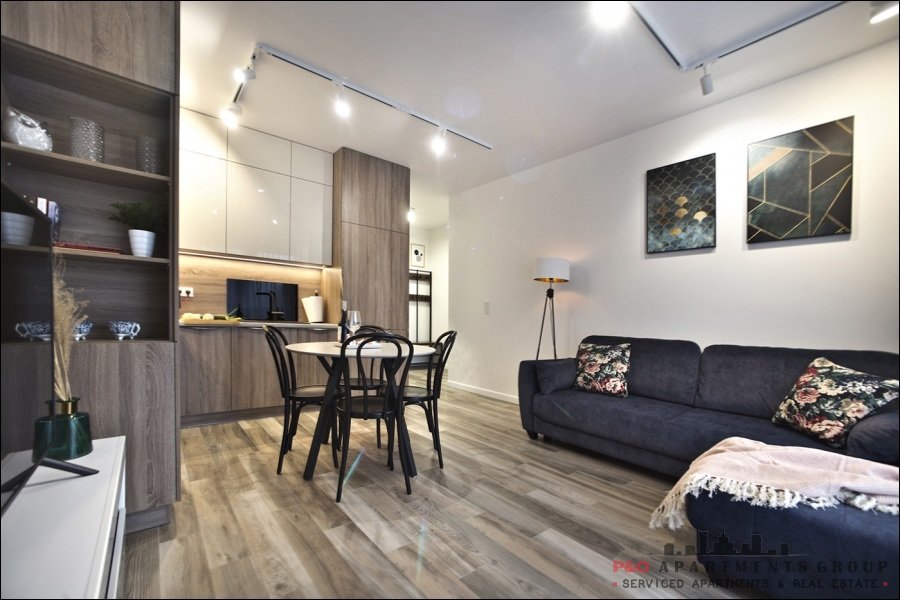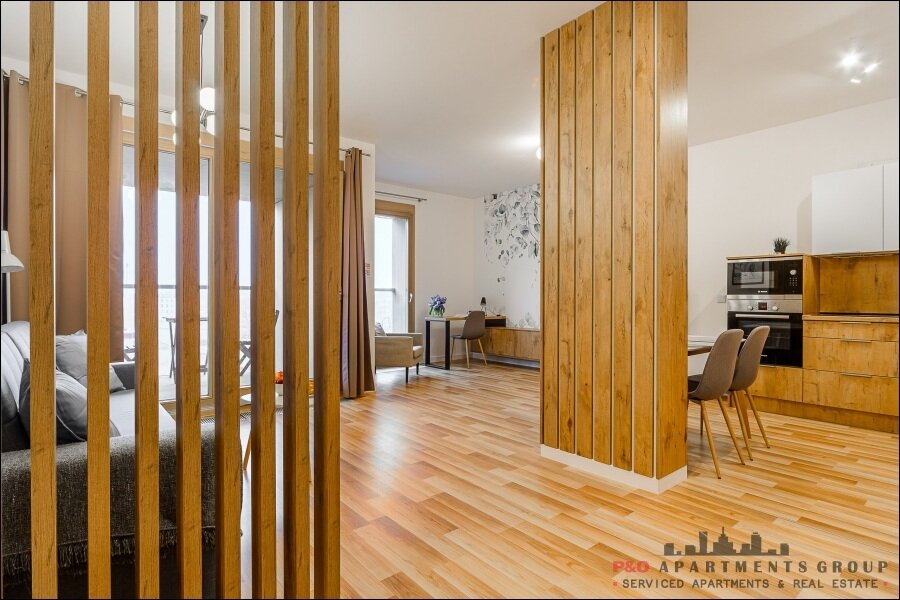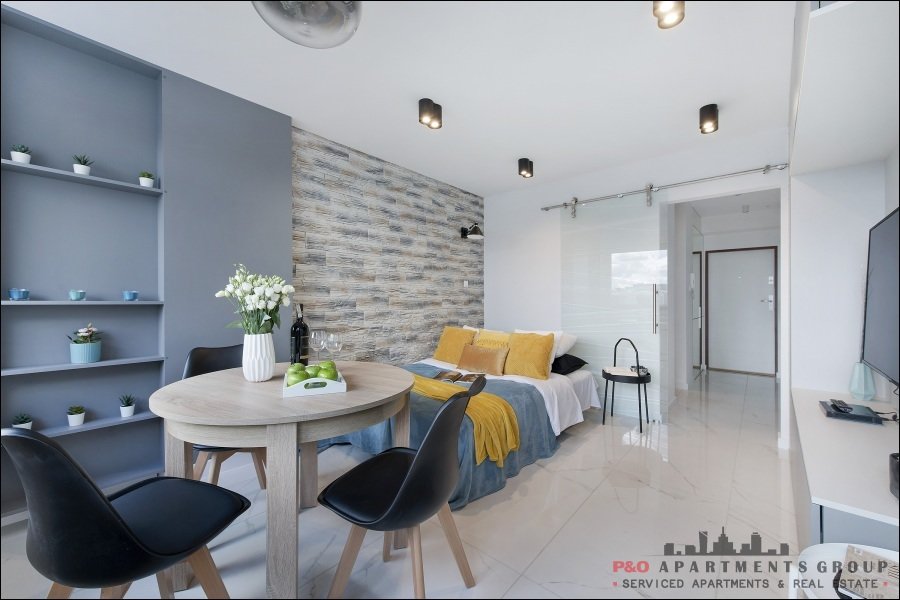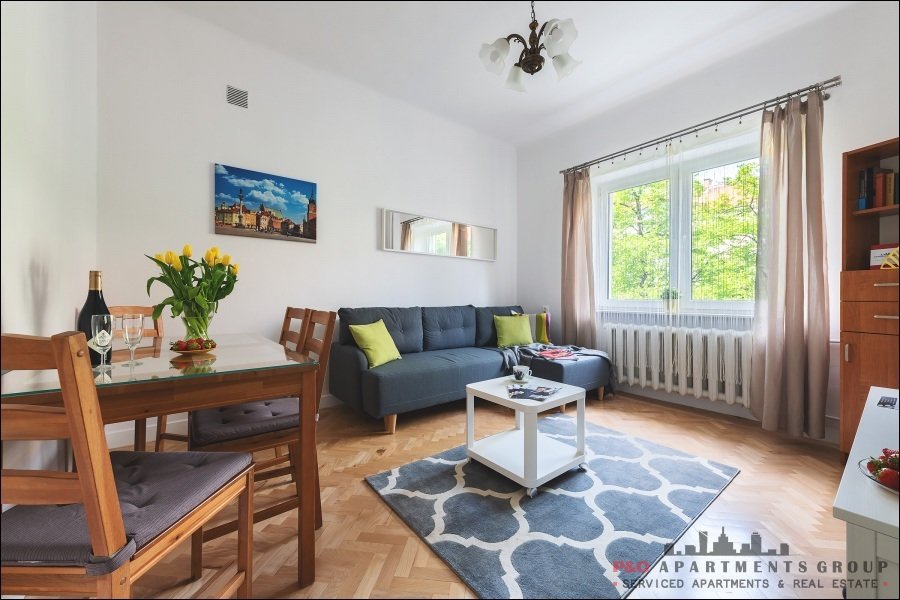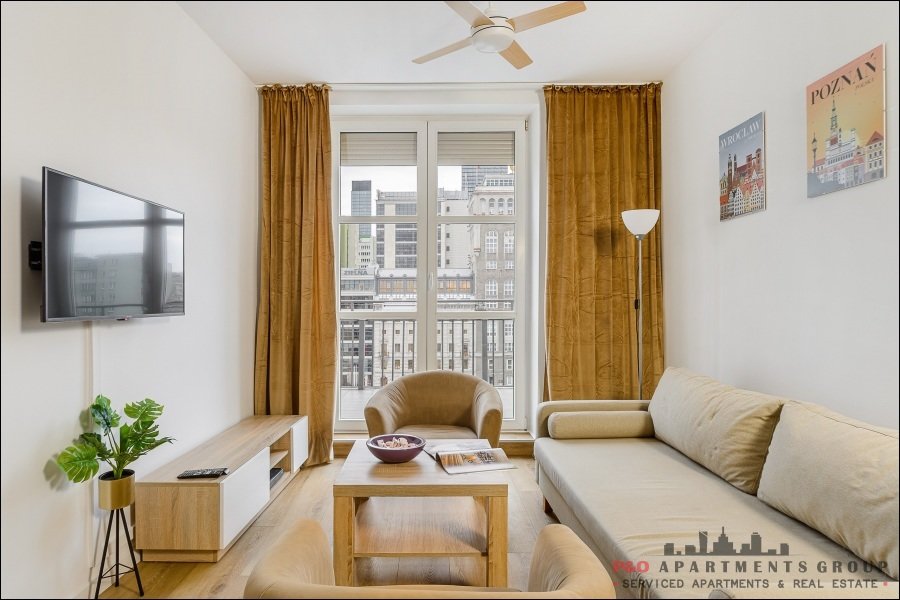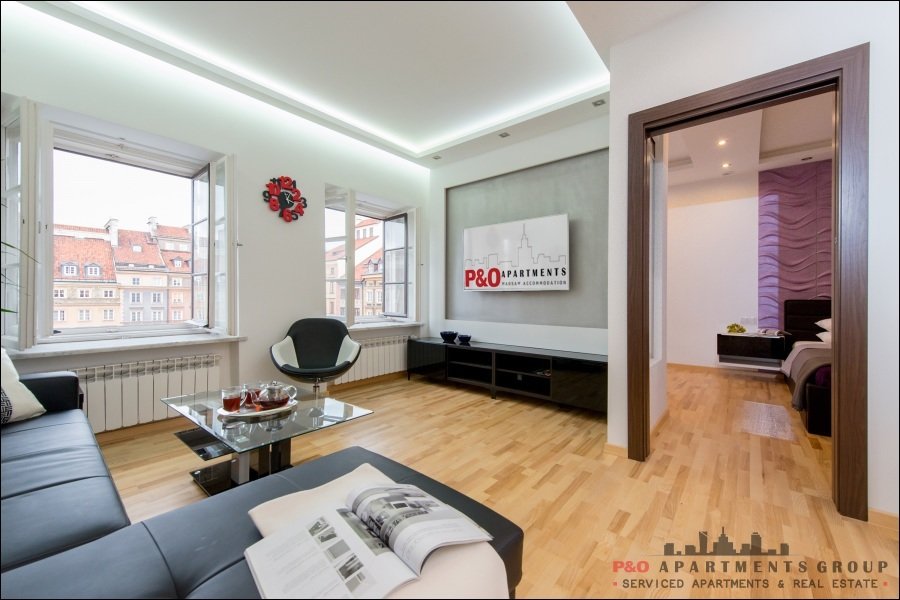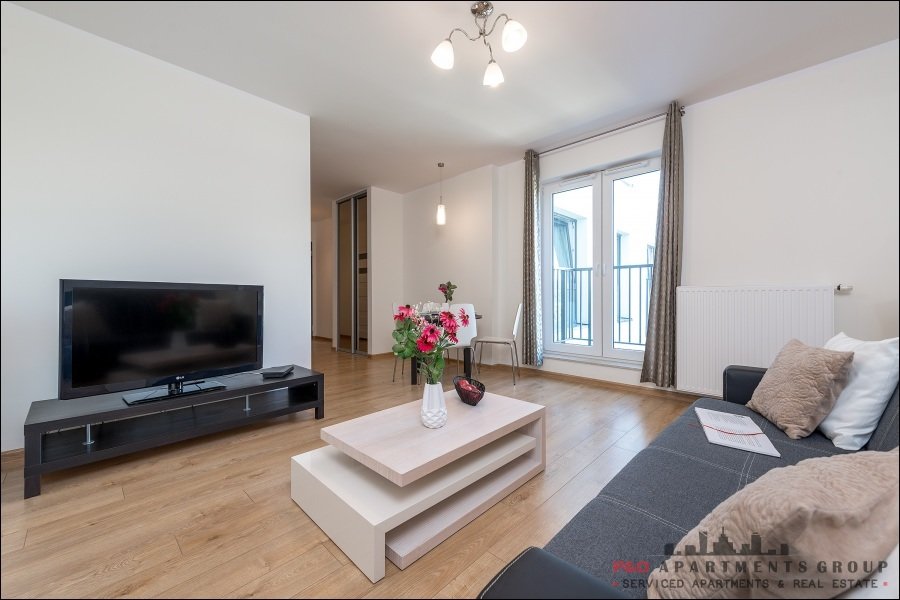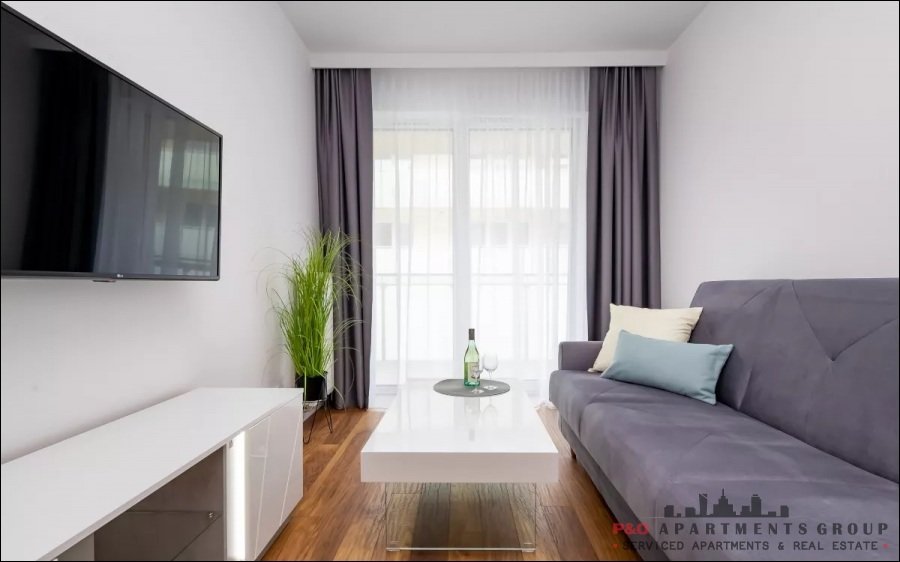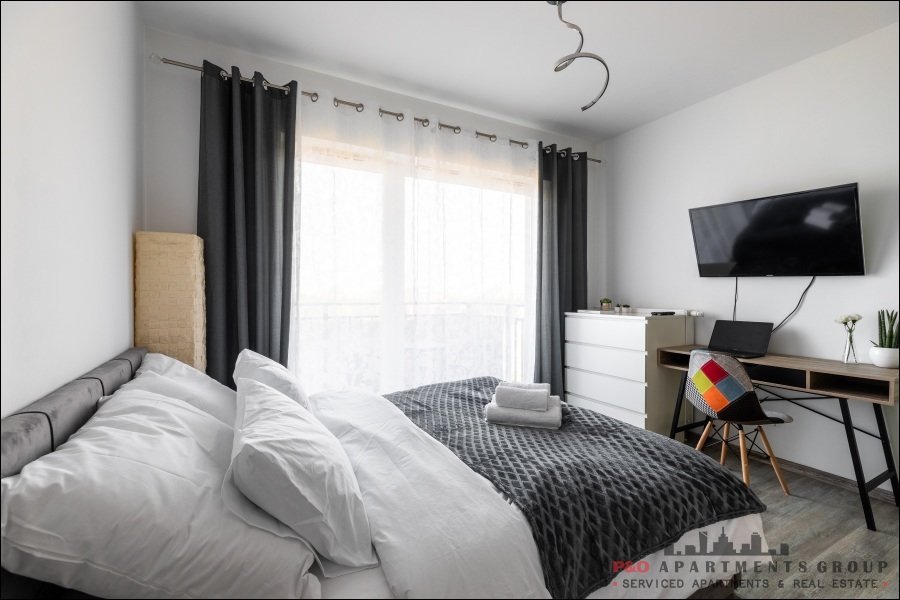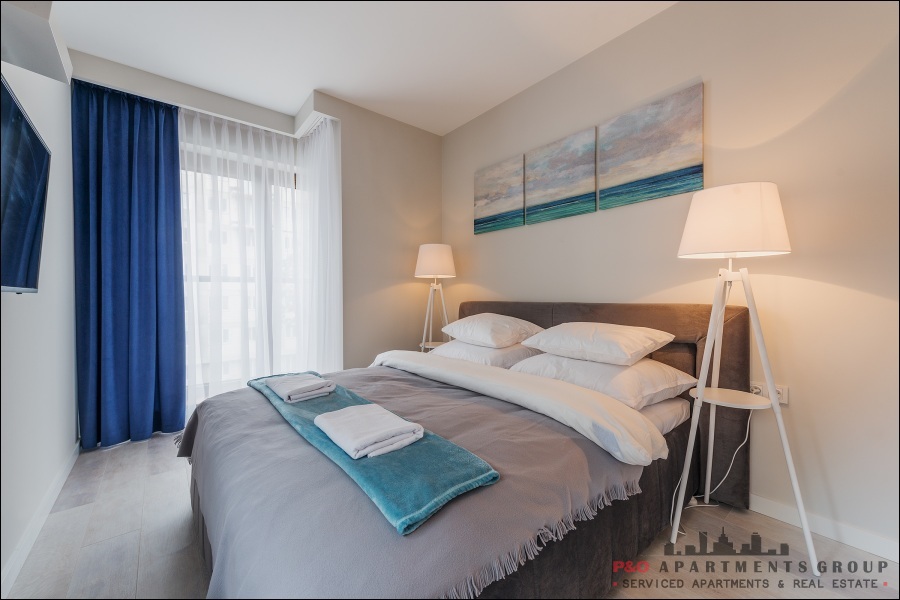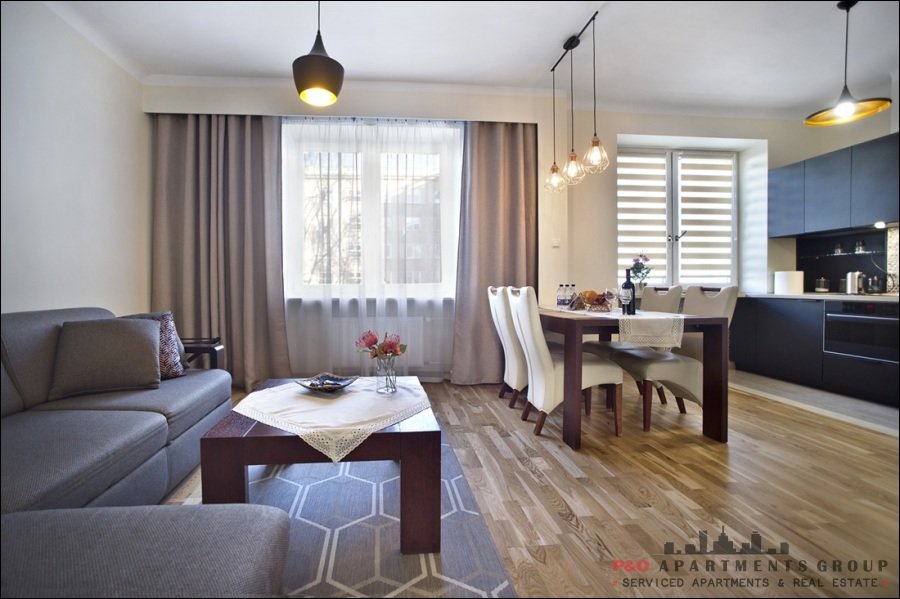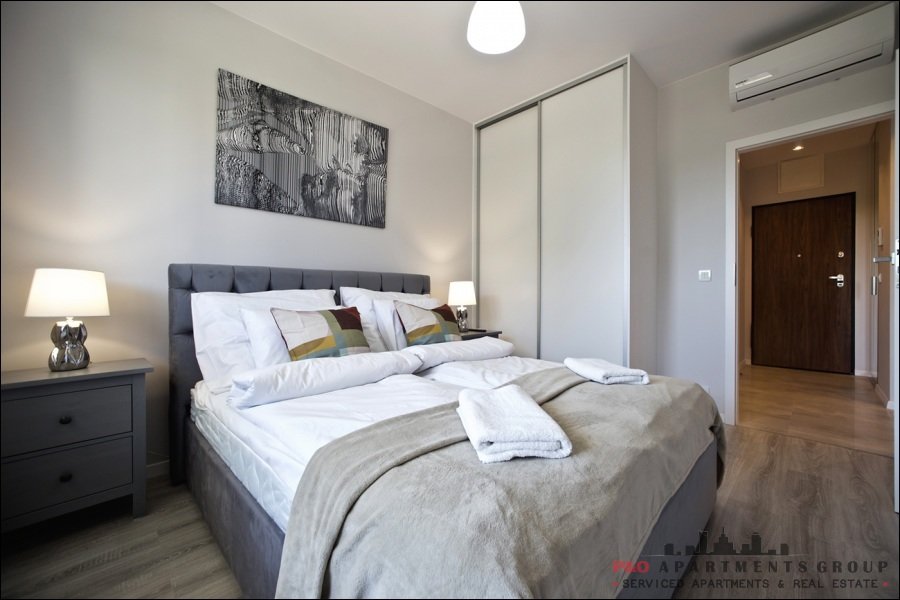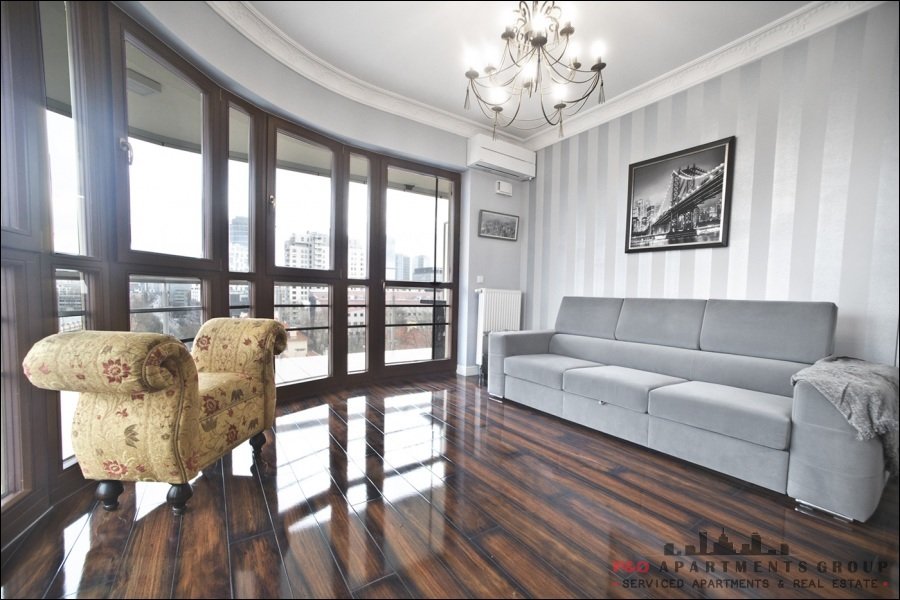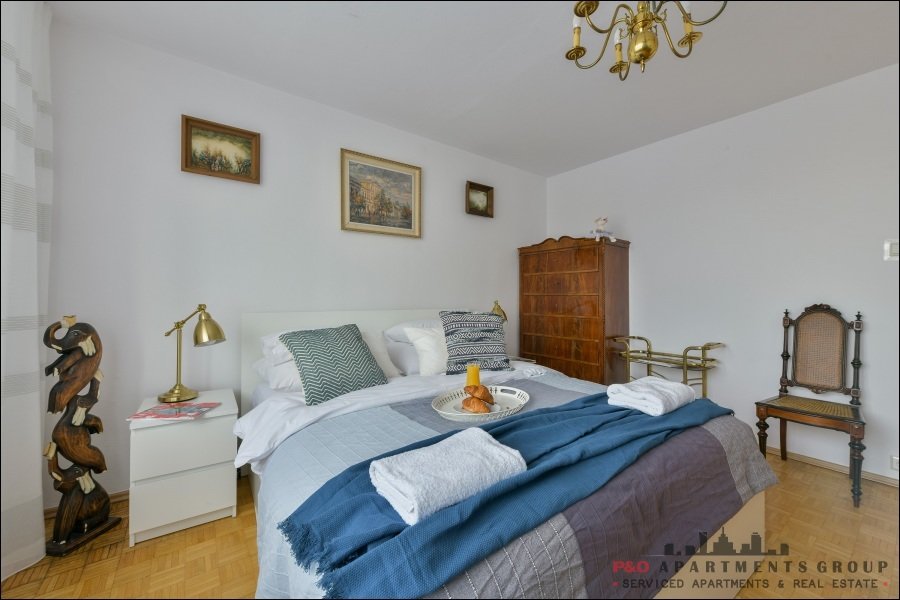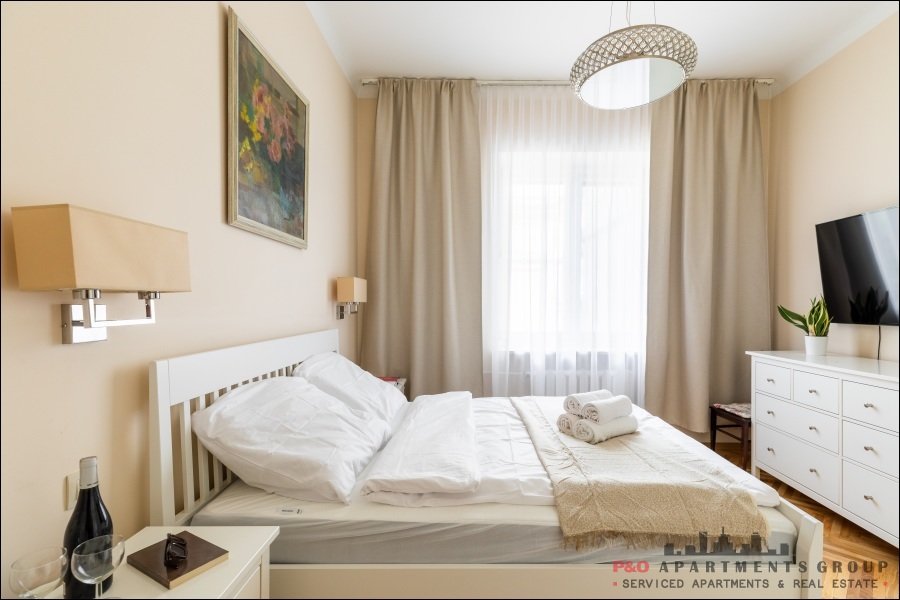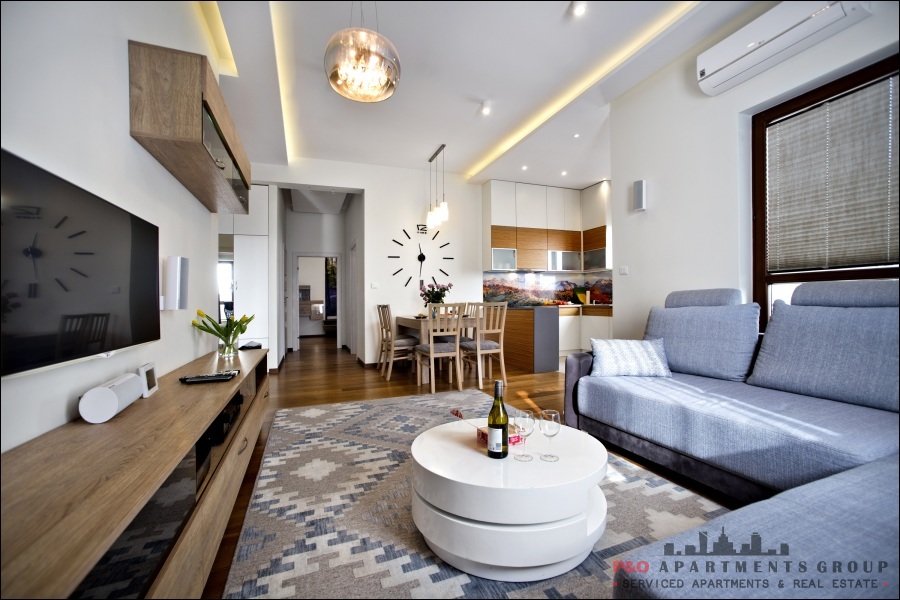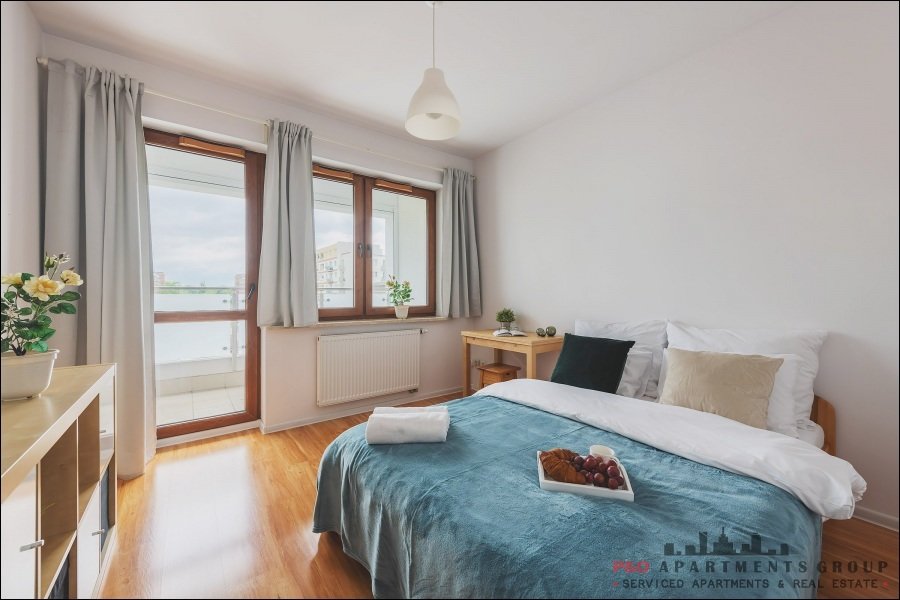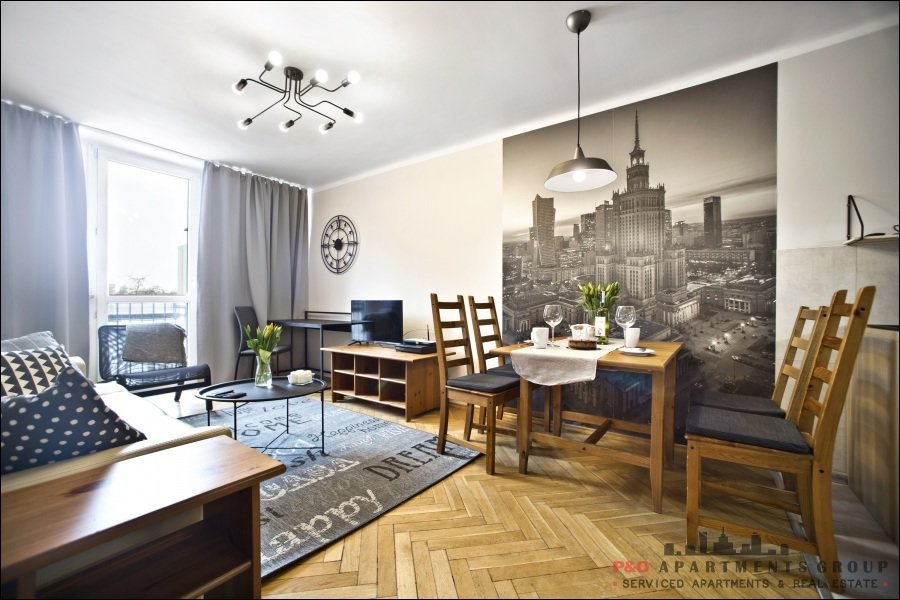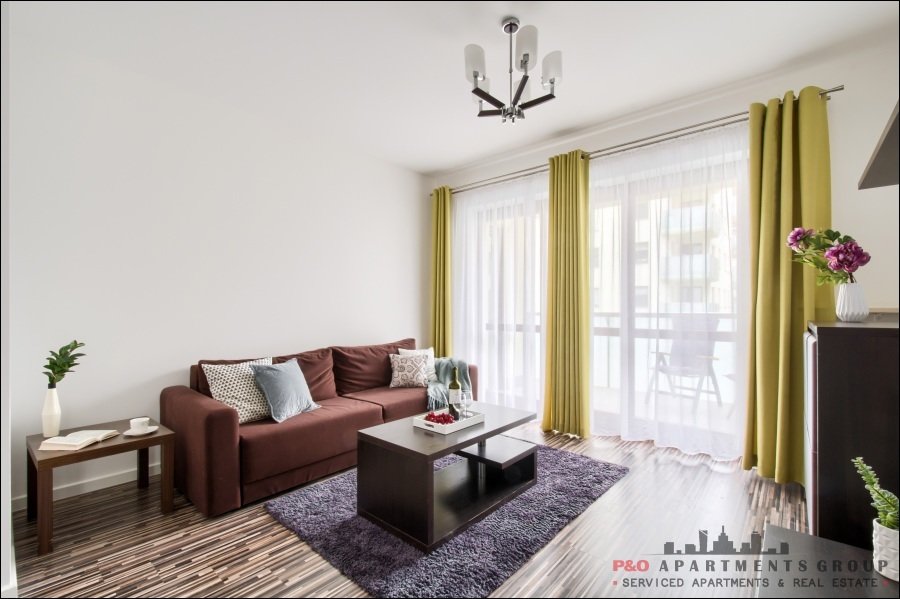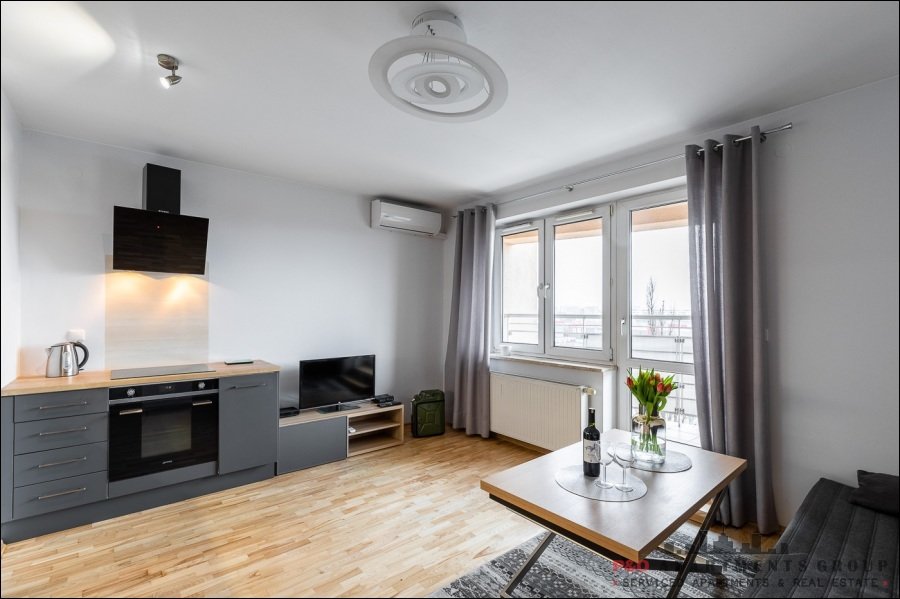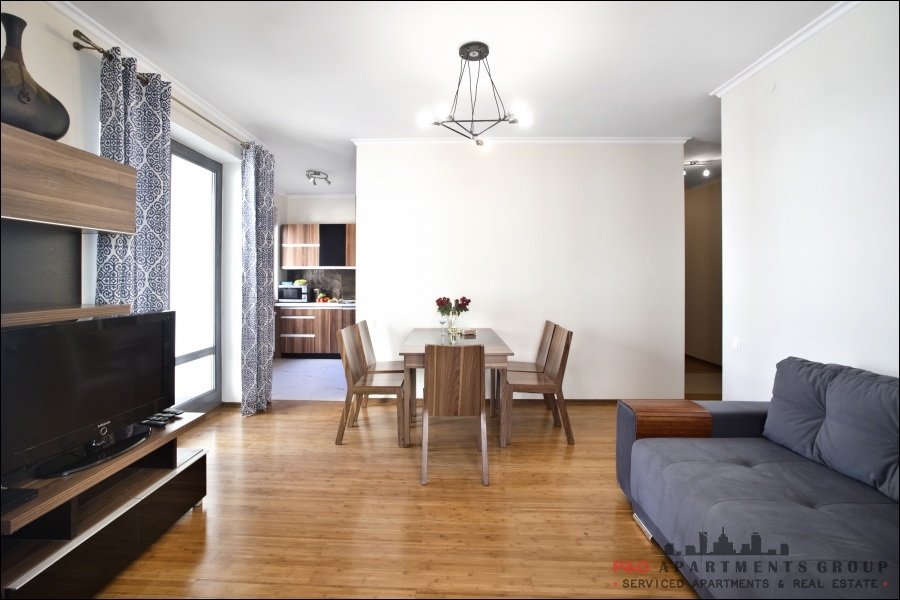Appartamento Freta Studio- Varsavia- Polonia
Warszawa Starówka (Old Town), Freta
Standard
numero di riferimento: FRE-1-S-4P
Prezzo per giorno da:(2-6 giorni)
56EUR
- 56EUR al giorno
prezzo per settimana da(7-27 giorni)
313EUR
- 45EUR al giorno
Prezzo per 28 giorni da(28-90 giorni)
1100EUR
- 40EUR al giorno
Spazioso appartamento situato nel centro della Città Nuova, vicino a una serie di ottimi ristoranti con cucina tipica polacca e molti negozi di souvenir.
L'appartamento è composto da un ampio soggiorno, cucina, bagno e corridoio moderno, che ha un armadio a muro con specchi.
Il soggiorno ha un comodo divano letto matrimoniale, tavolino e televisione, più 2 letti singoli che possono essere uniti e comodini con lampade da lettura.
Cucina completamente attrezzata vi permetterà di preparare i pasti.
Attrezzatura:
Cucina: piano cottura elettrico, frigorifero, bollitore elettrico, lavatrice, tavolo con sedie
Soggiorno: 2 letti singoli, divano letto doppio -180x200, TV set, tavolino
Bagno: vasca da bagno, lavabo, WC
Hall: specchio armadio, asse da stiro, ferro da stiro, aspirapolvere.
Connessione internet Wi-Fi
Il servizio comprende: biancheria da letto e da bagno.
COMARES
Comares stands on a rock which overlooks the Periana Corridor and part of the Axarquia sierra to the North, while the immense Velez Valley and the Sierra de Tejeda are visible in the south.
Of Arabic origin, its location suggests that it must have been built as a military vantage point, its layout still conserving the typical features of fortress towns, its narrow, winding streets lined with white one or two-storey houses. Places of architectural interest include the remains of the fortress, Masmullar Hill, the Arabic cistern and Our Lady’s Church, built in Mudejar style. The Cemetery, which stands above the Village, is worth a visit if only for the views from its vantage point.
History
Due to its location atop a mountain overlooking most of the Axarquia area, the village has a long history dating back to prehistoric times.
It may have been the site of Iberian settlements and, later, a Roman colony.
Nazari texts refer to Comares by the name Hisn Qumarich (the Castle of Comares).
It was one of the main defensive bastions of the muladí (Christian convert to Islam) rebellion led by Omar Ben Hafsun before being recaptured at the start of the 10th century by Abderraman III. Some authors have believe the nearby Masmullar or Mazmullar plateau to have been the site of the fortress town of Bobastro, though it seems certain that it actually stood on the Villaverde plateaux, between the present-day villages of Alora and Ardales.
In the 11th century, it was the administrative headquarters of a group known as “The Four Villages” (El Borge, Almachar, Moclinejo and Cutar), which enjoyed the protection of Comares Fortress.
In May 1487, shortly after Vélez Málaga fell into Christian hands, Mohamed El Jabis -the last Moslem governor of Comares- paid homage to the Catholic Monarchs in an attempt to avoid any reprisals and to conserve some semblance of rights for the Moslem population. Though the moriscos (Moslem converts to Christianity) of Comares enjoyed more advantages than their counterparts in other villages of the Axarquia area, their lives would not have easy; proof of this is the gradual abandonment of the village’s lands which are chronicled as having been repopulated in 1490 by Old Christians from Extremadura, other parts of Andalusia, Valencia and even Portugal and Galicia.
In 1512, the town was incorporated in to the estate of the Marquis of Comares, Don Diego Fernandez de Córdoba.
Though the inhabitants of Comares played no part in the morisco uprising which engulfed practically the whole of the Axarquia region in 1568 and 1569, the 1570 expulsion which followed these events affected all of the Mudejars in the area, who were forced to leave lands which they had owned for centuries.
 Italiano
Italiano  Polski
Polski English
English Español
Español Français
Français Deutsch
Deutsch Українську
Українську









